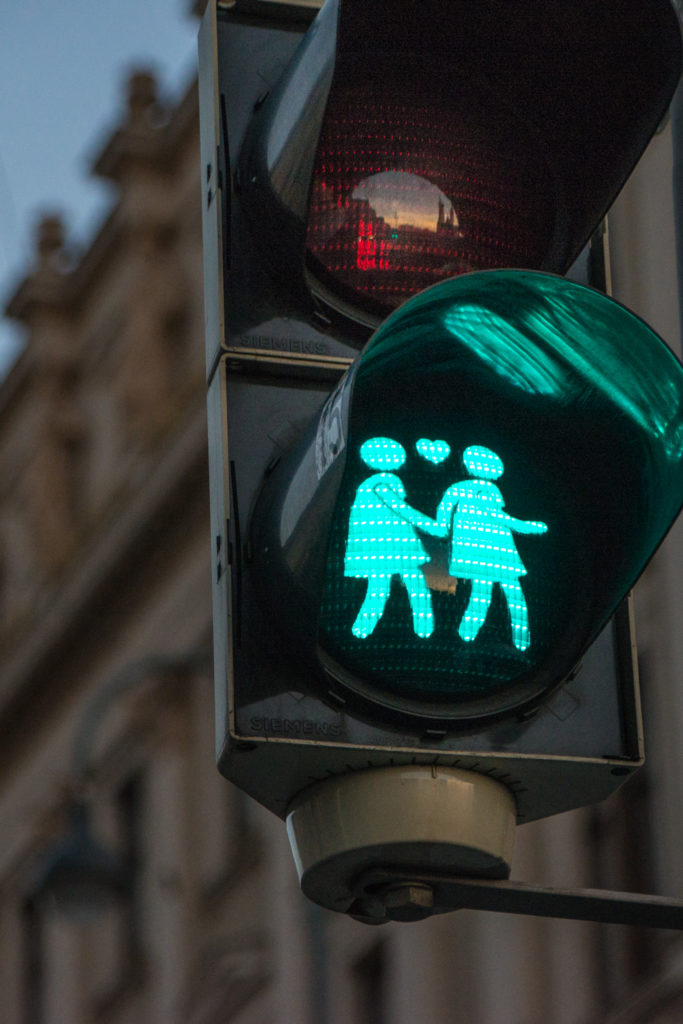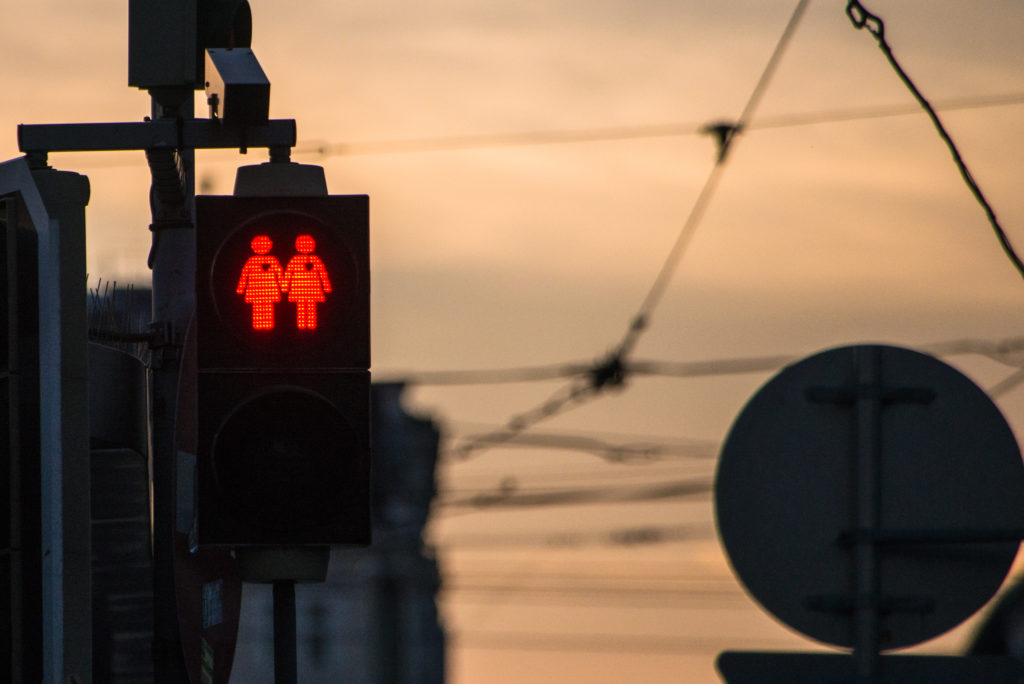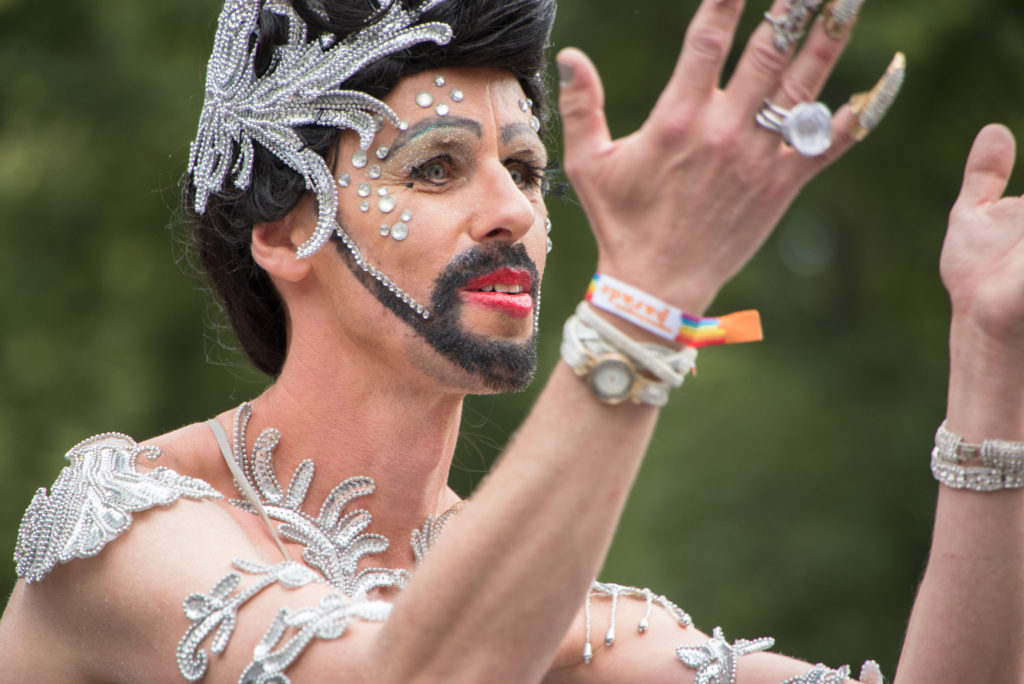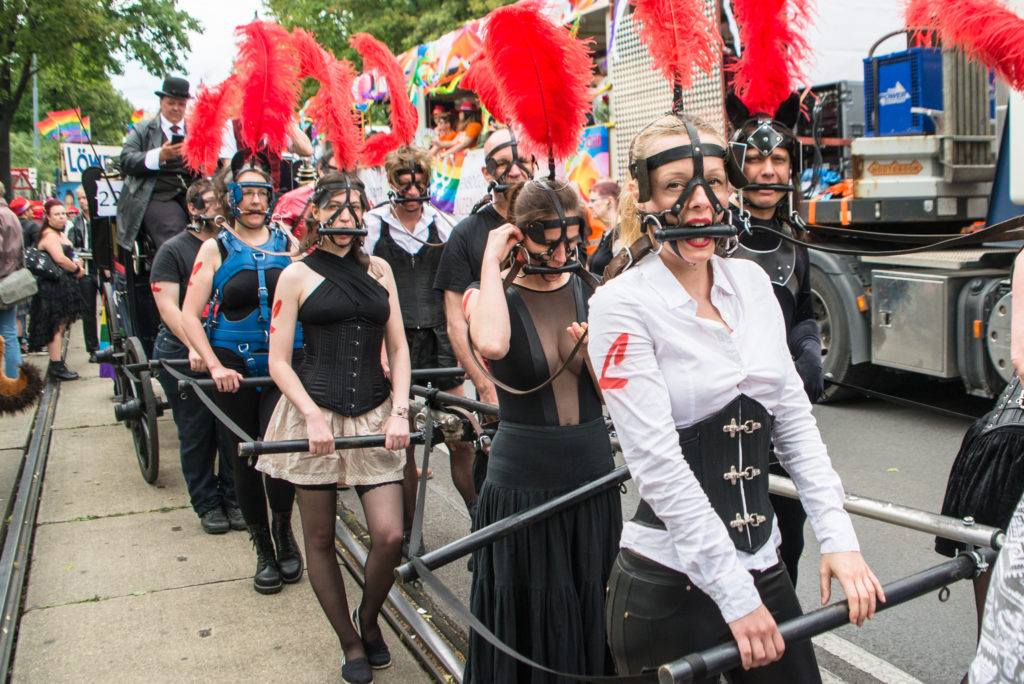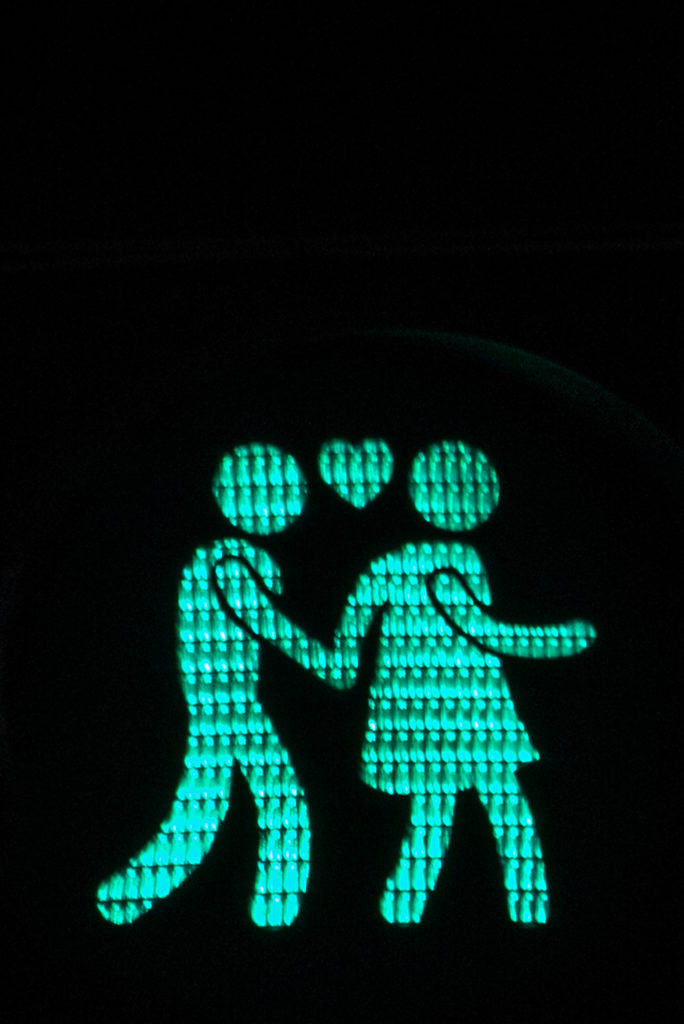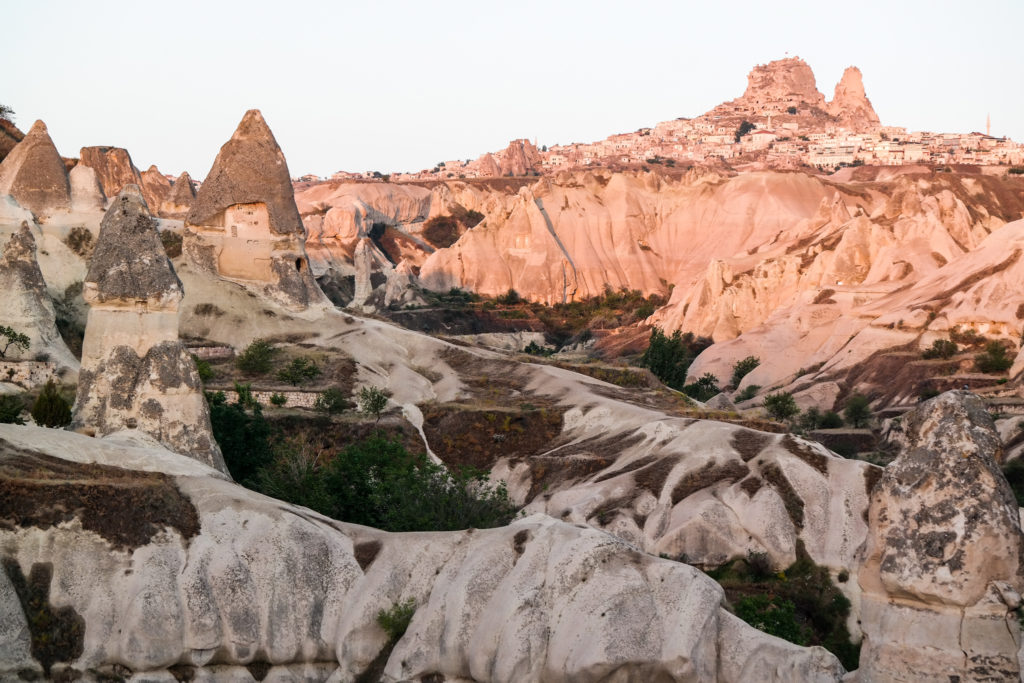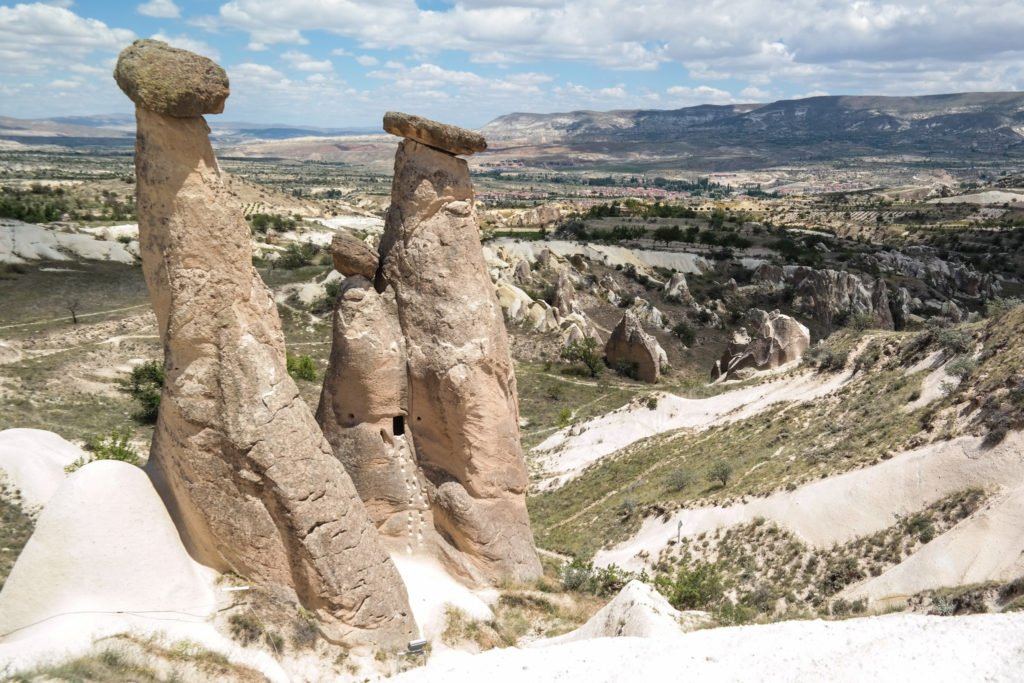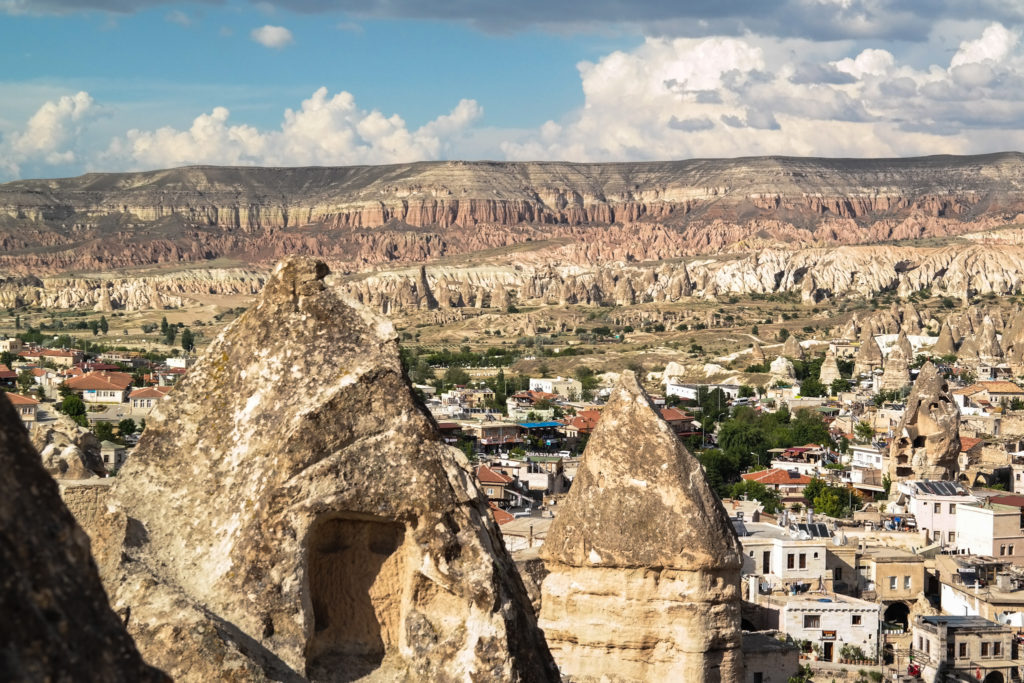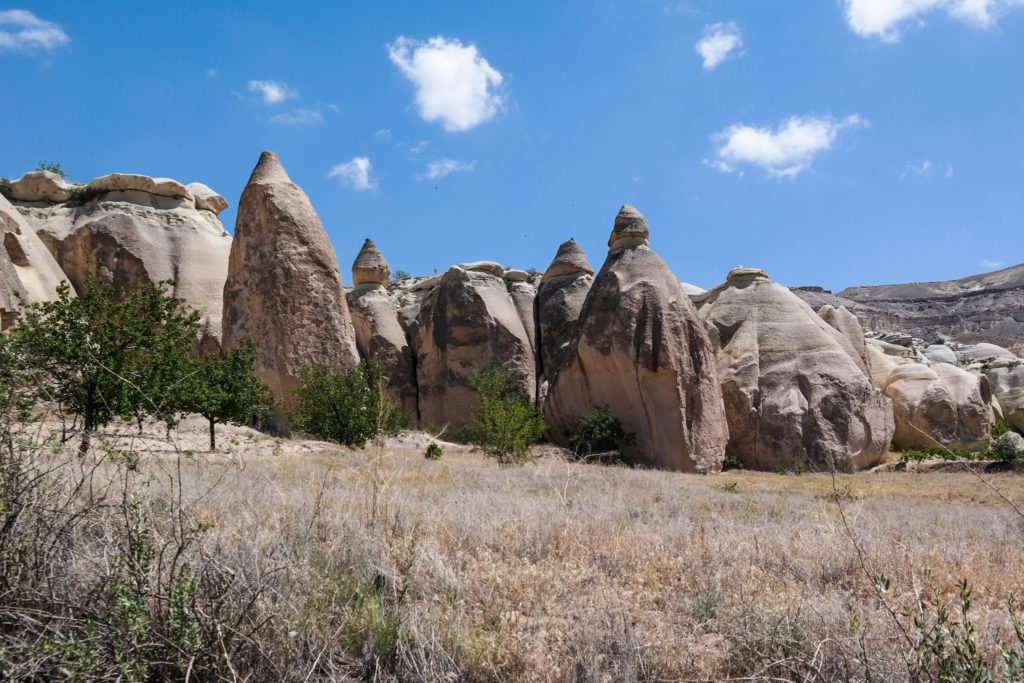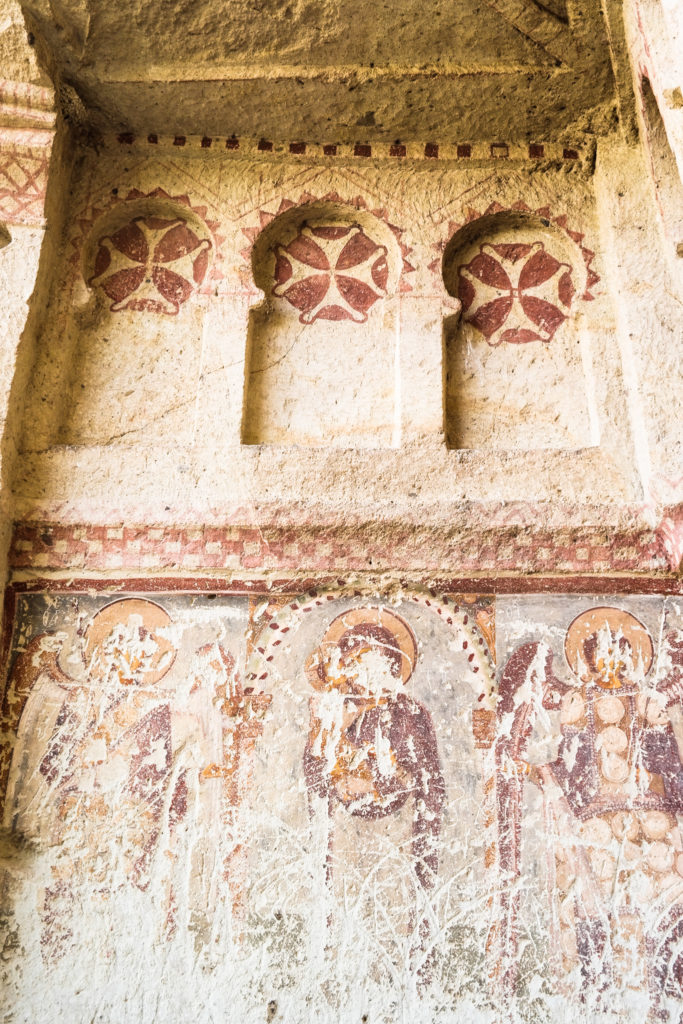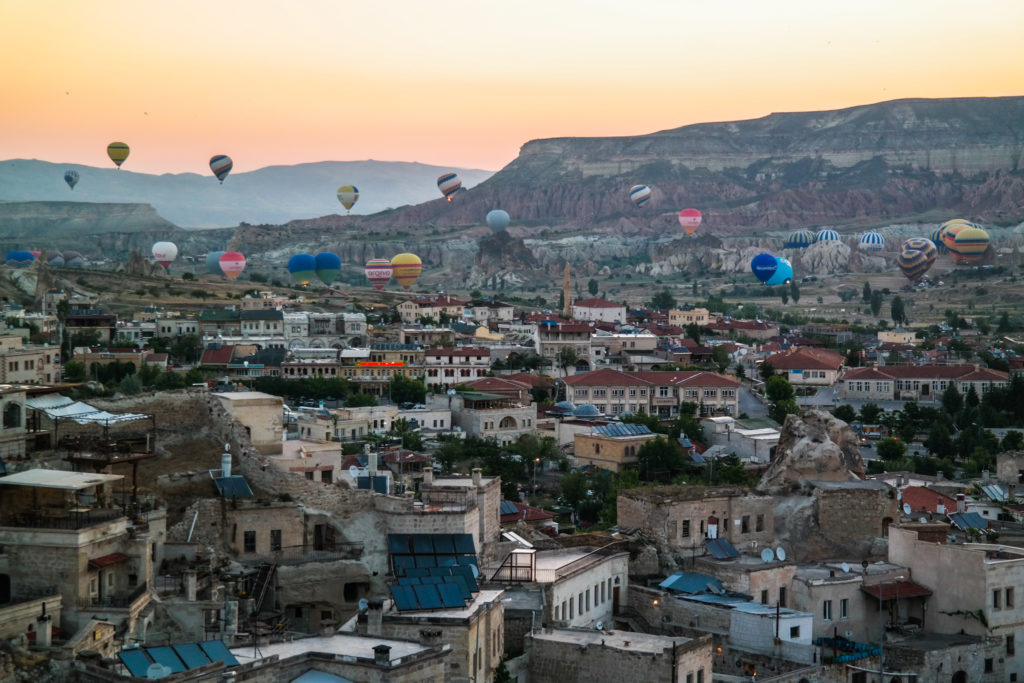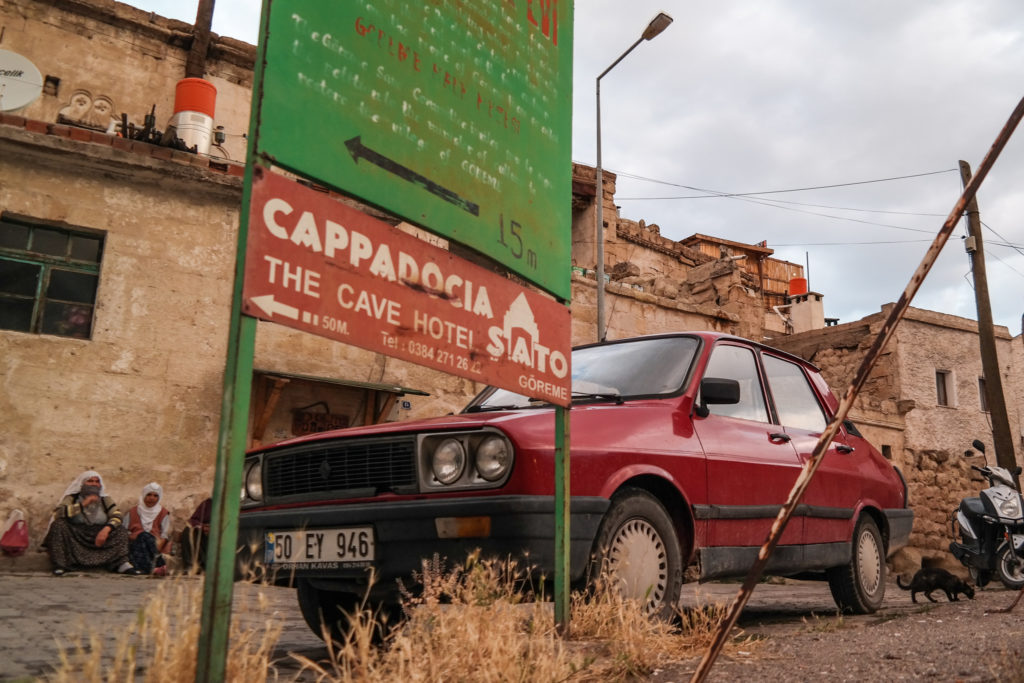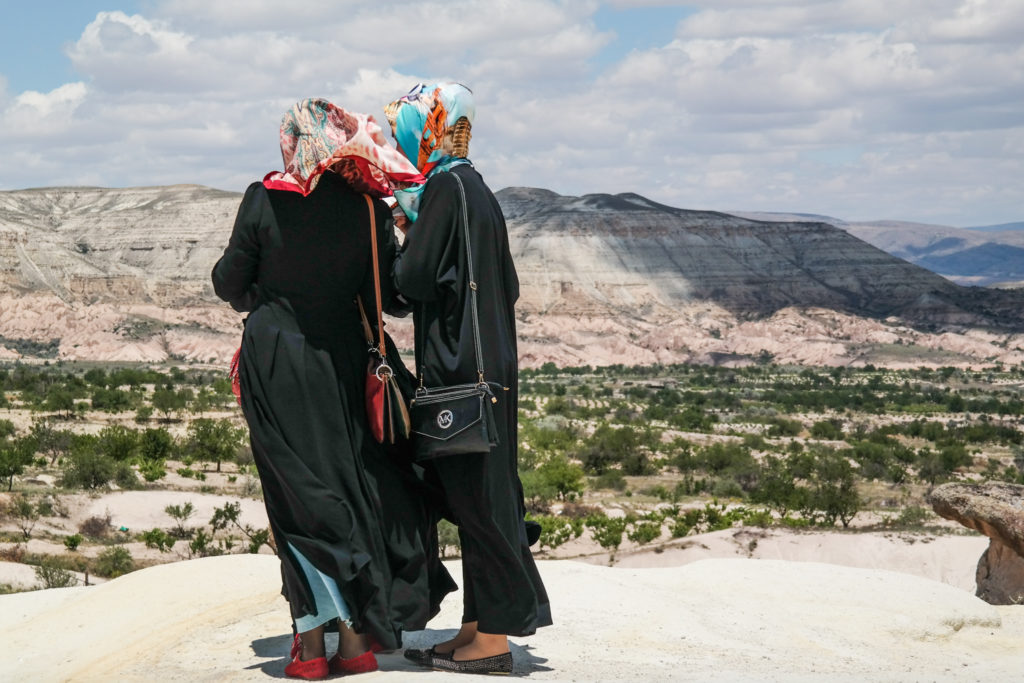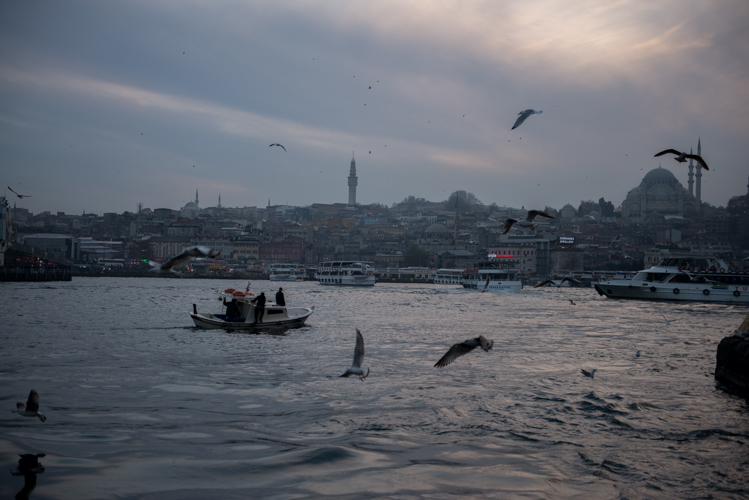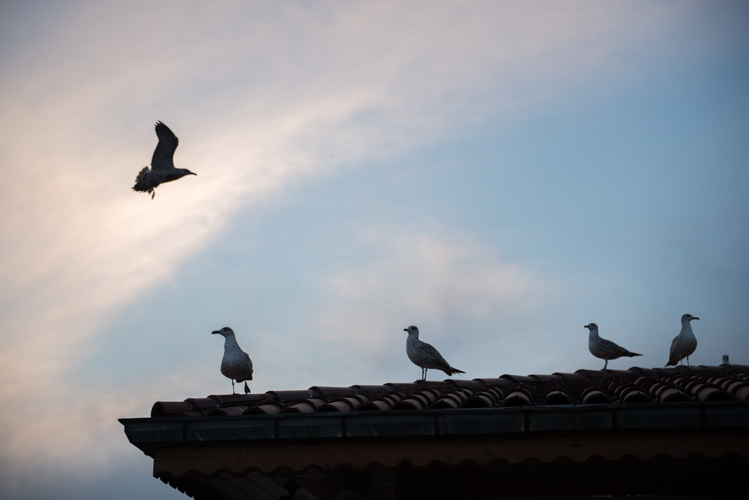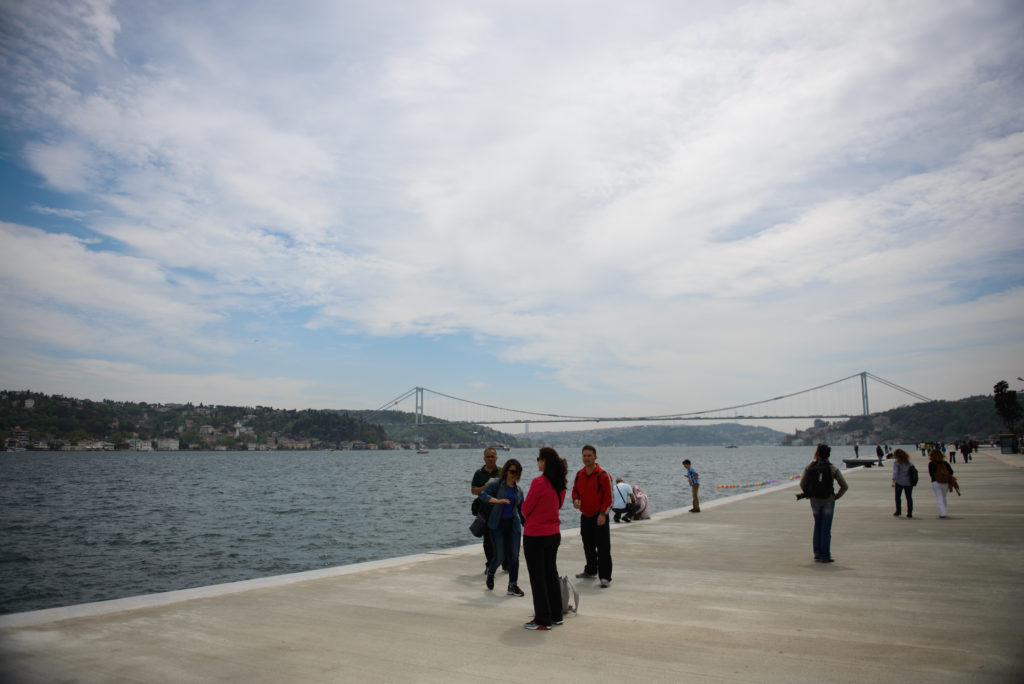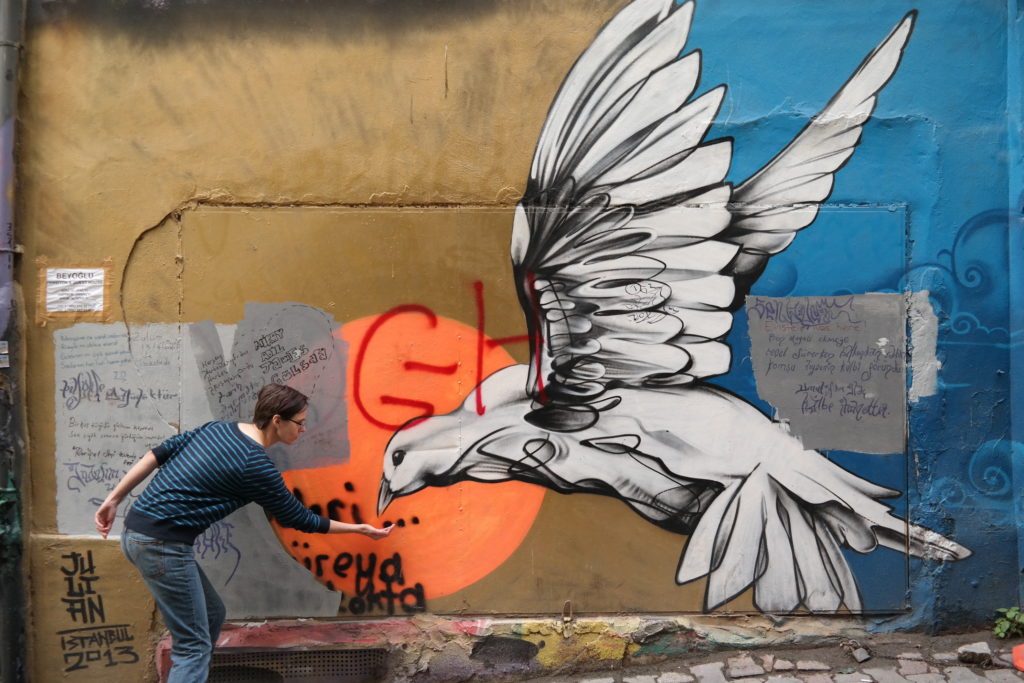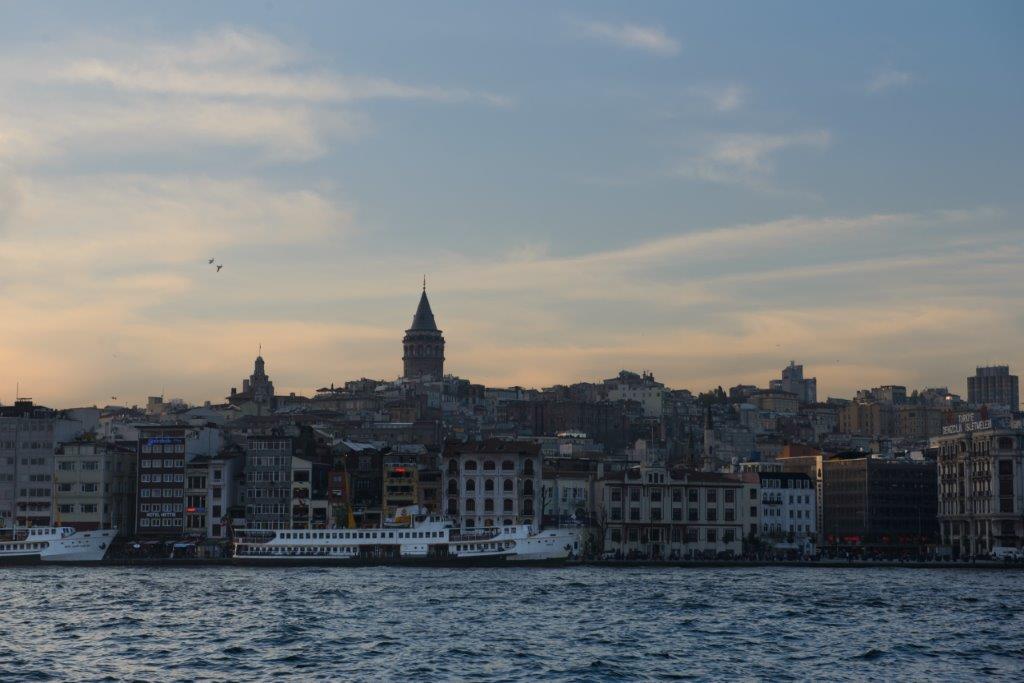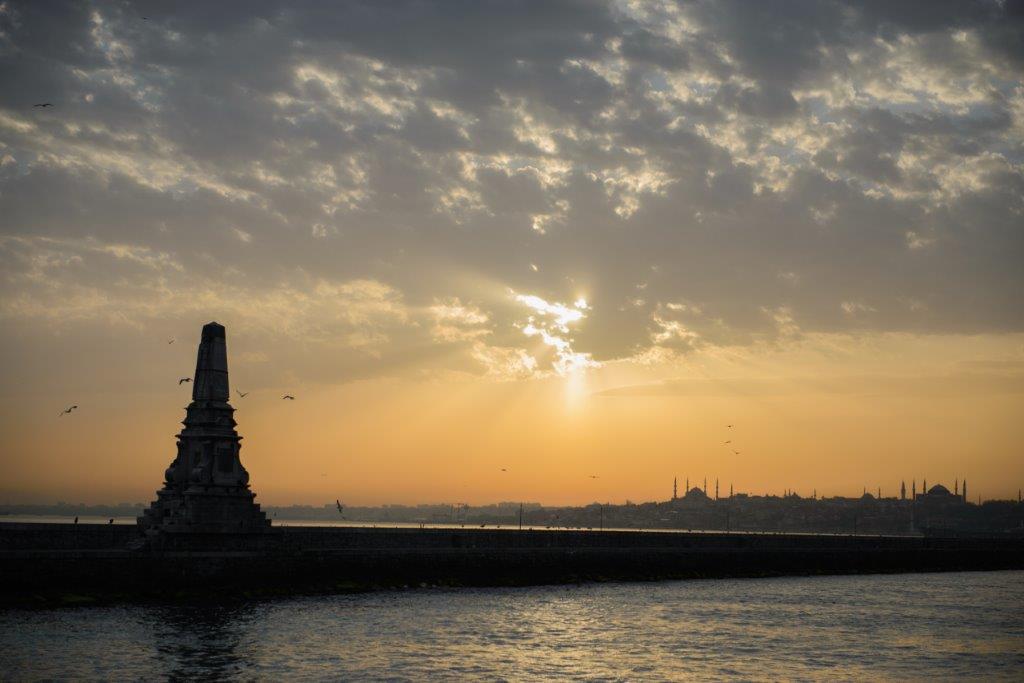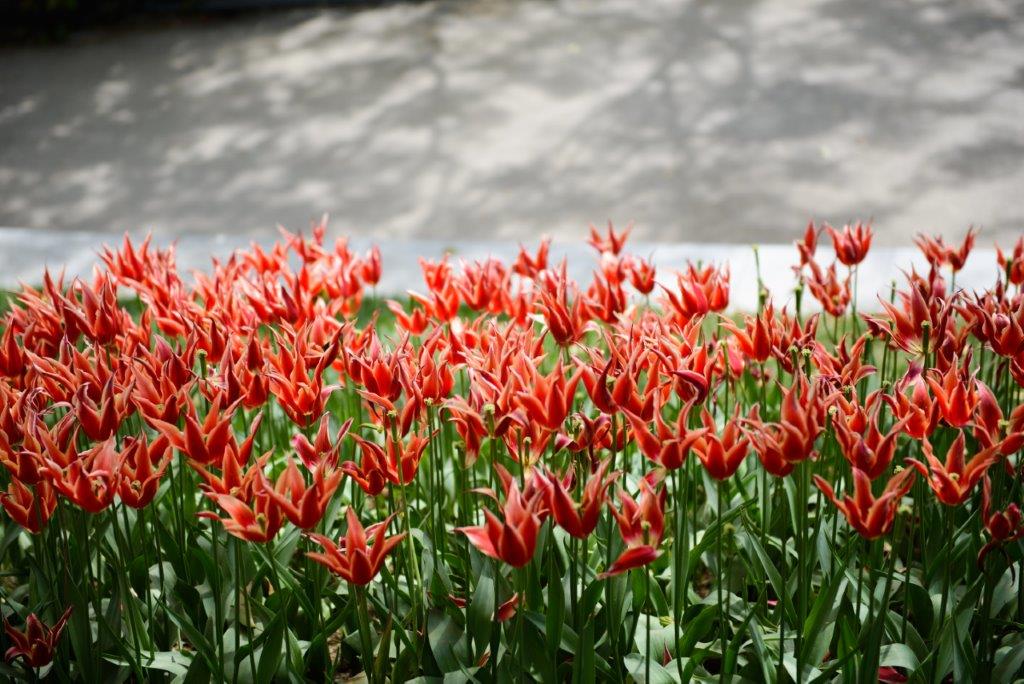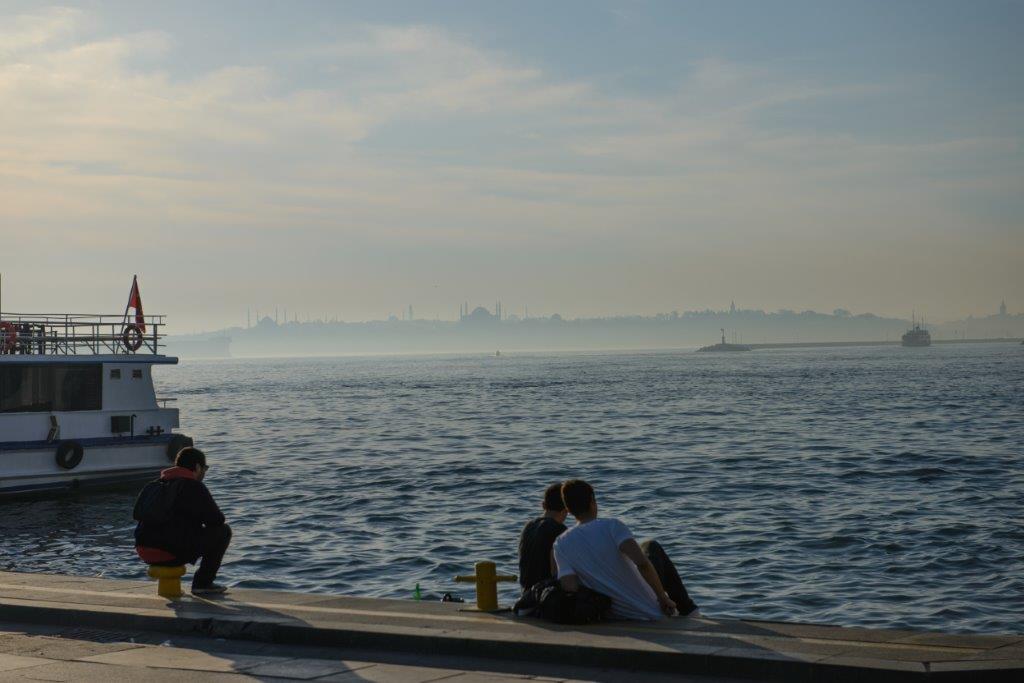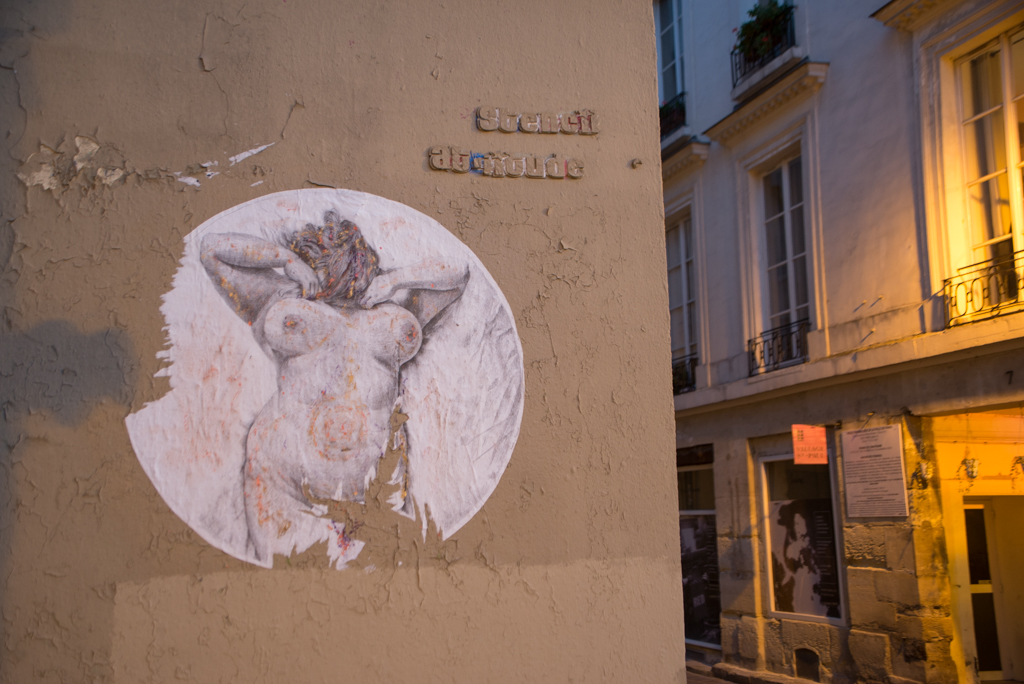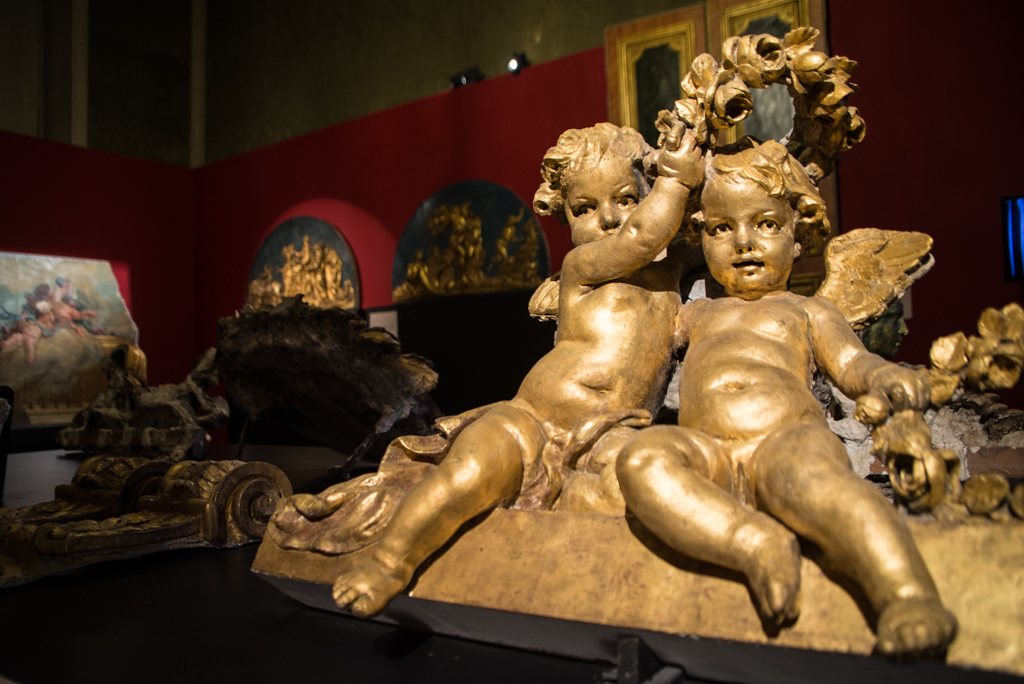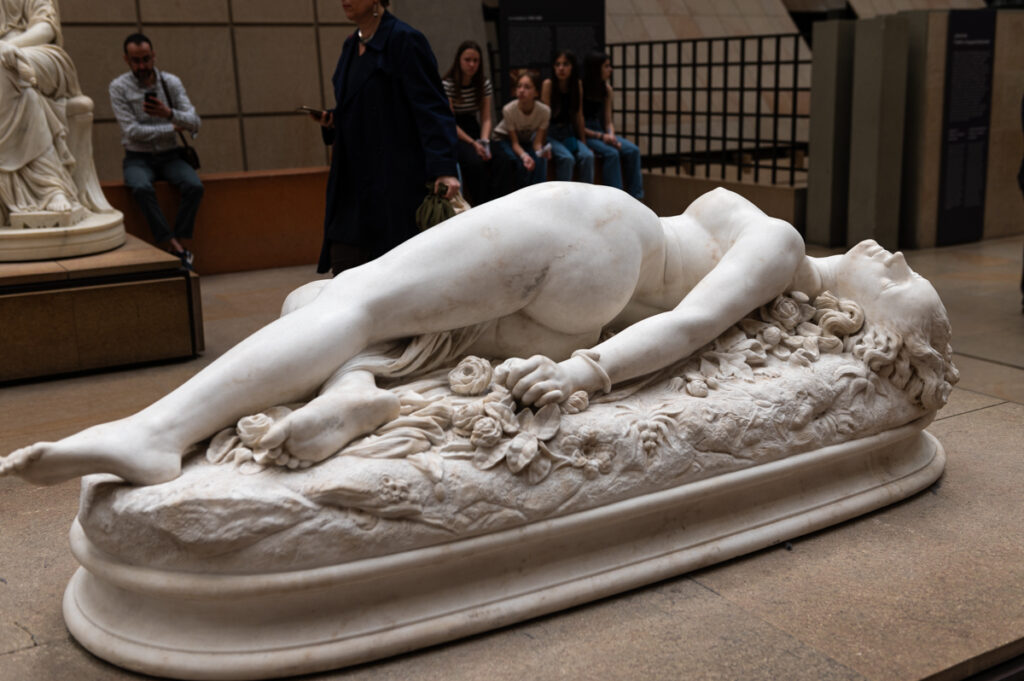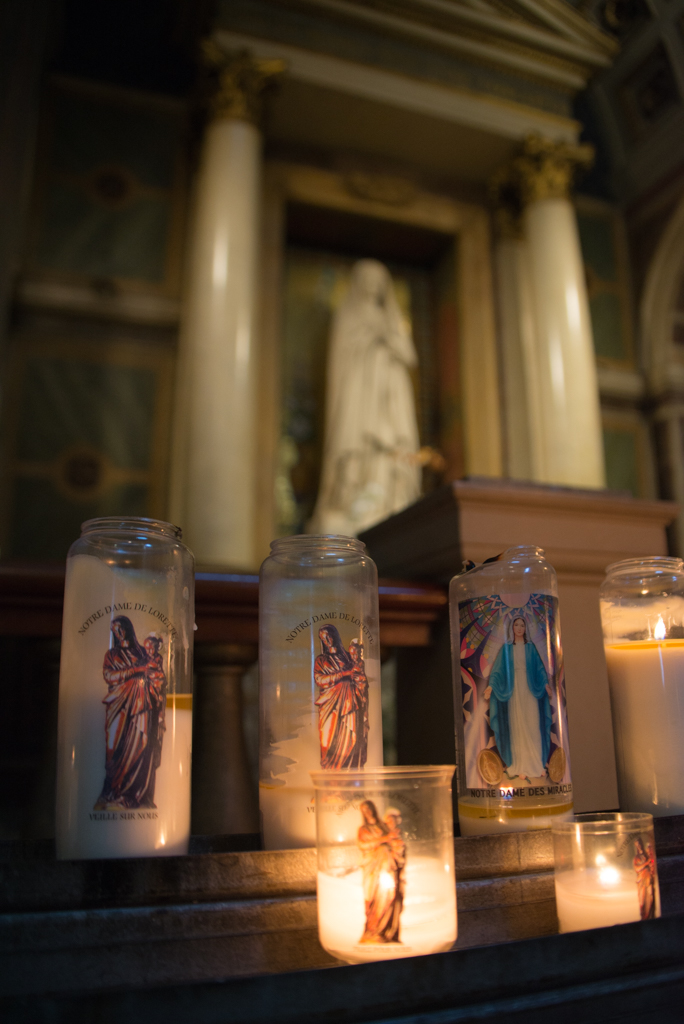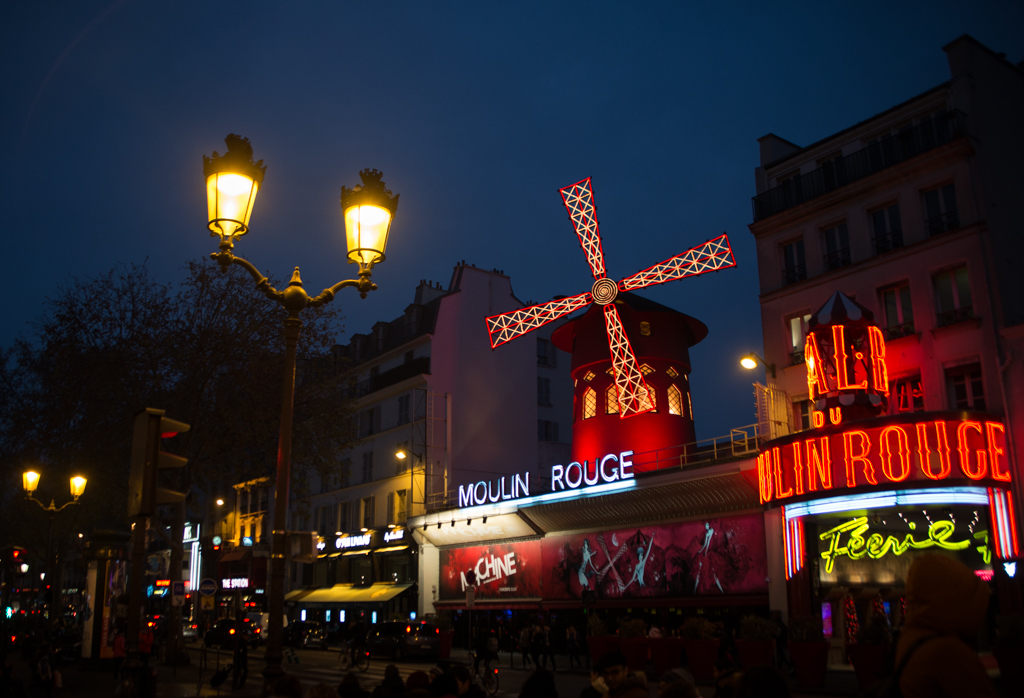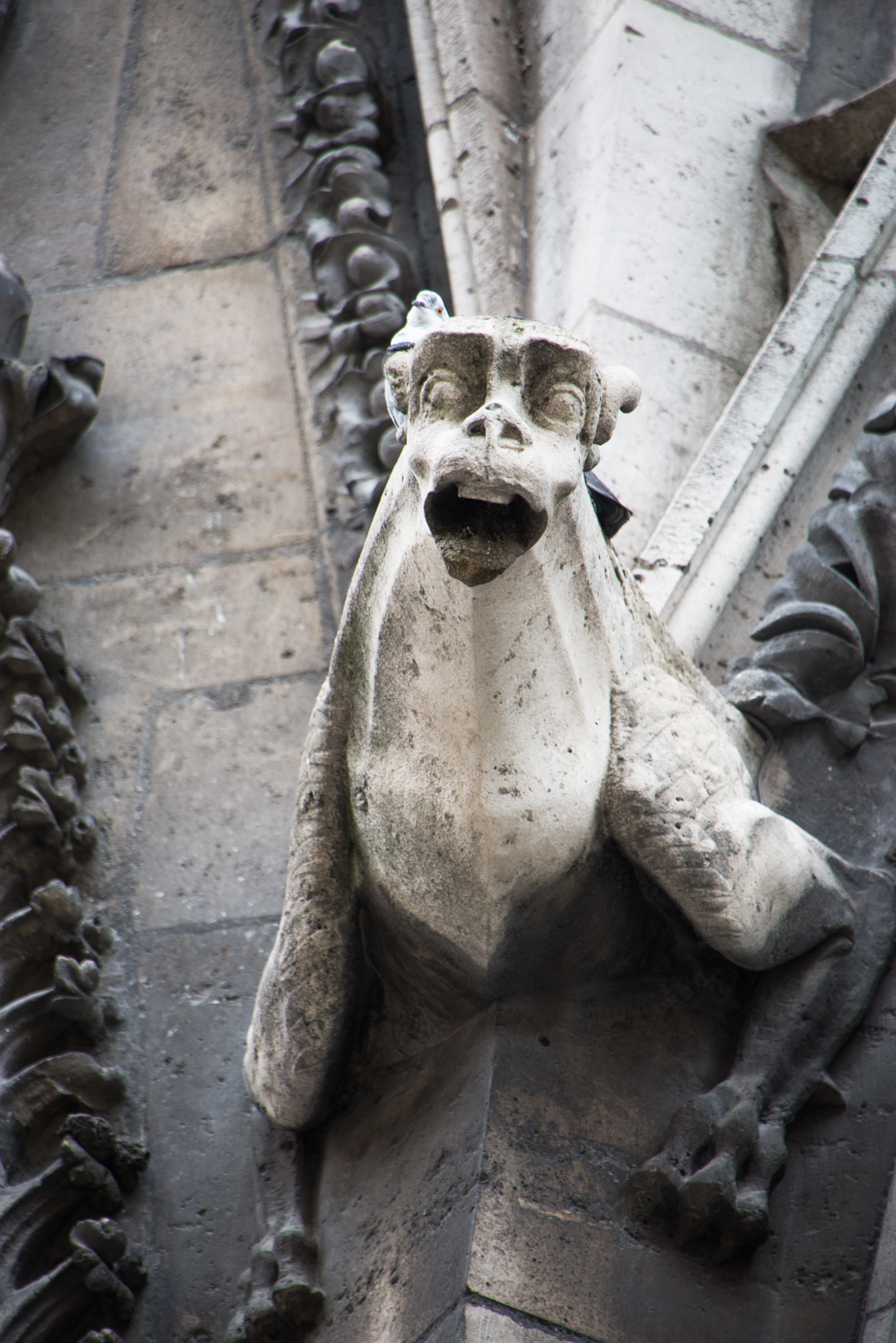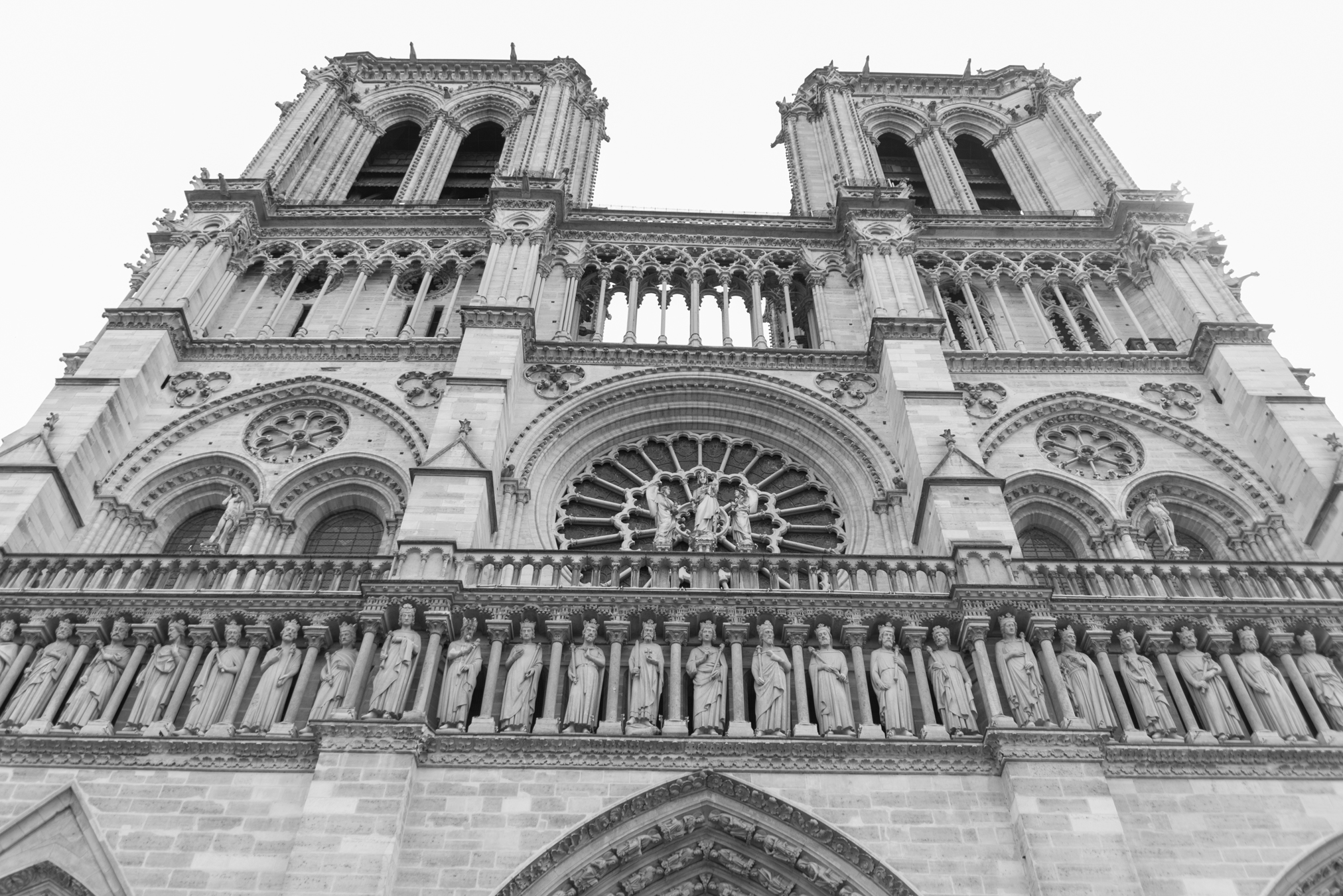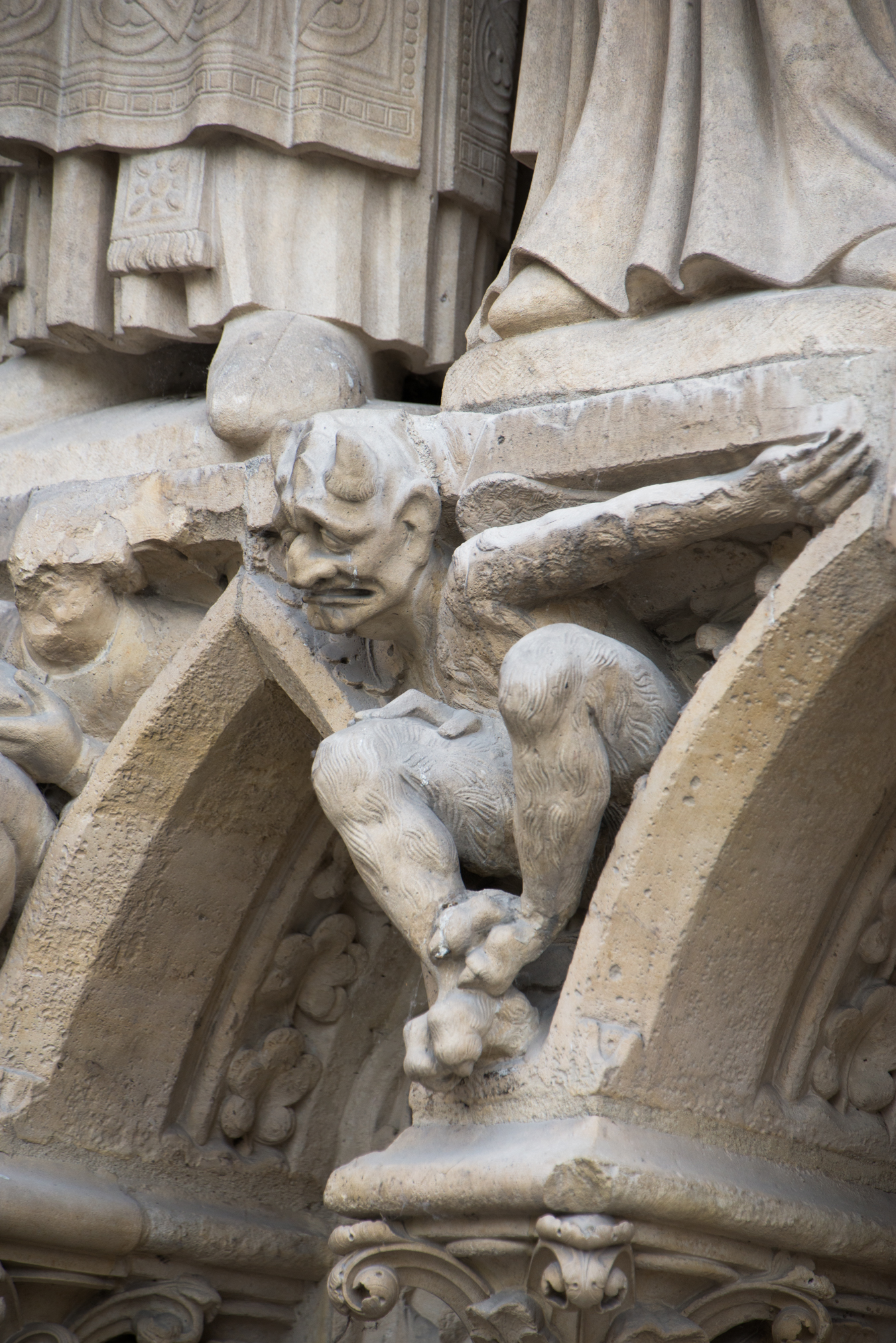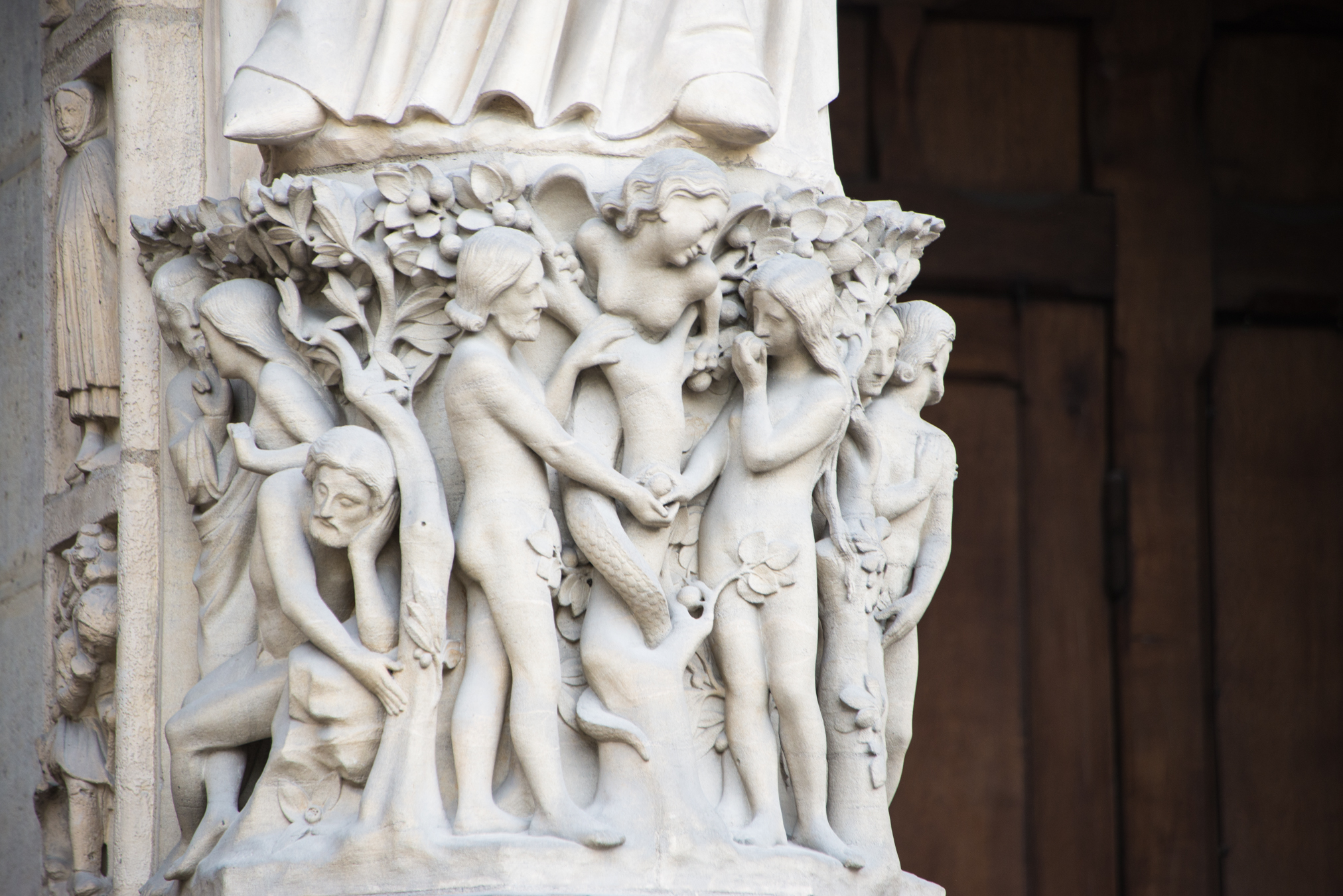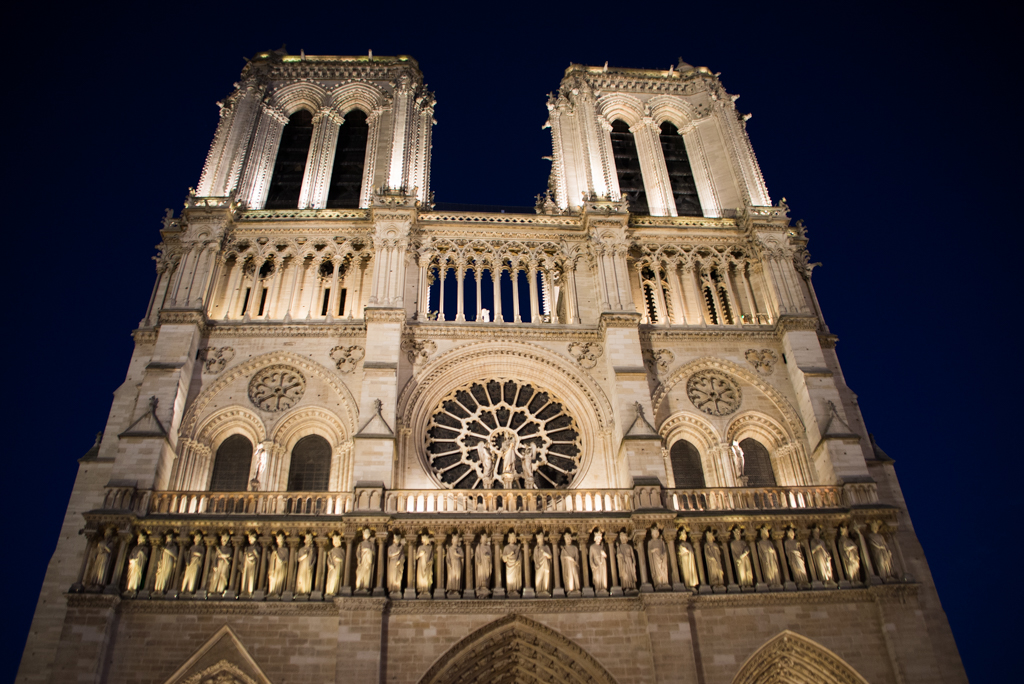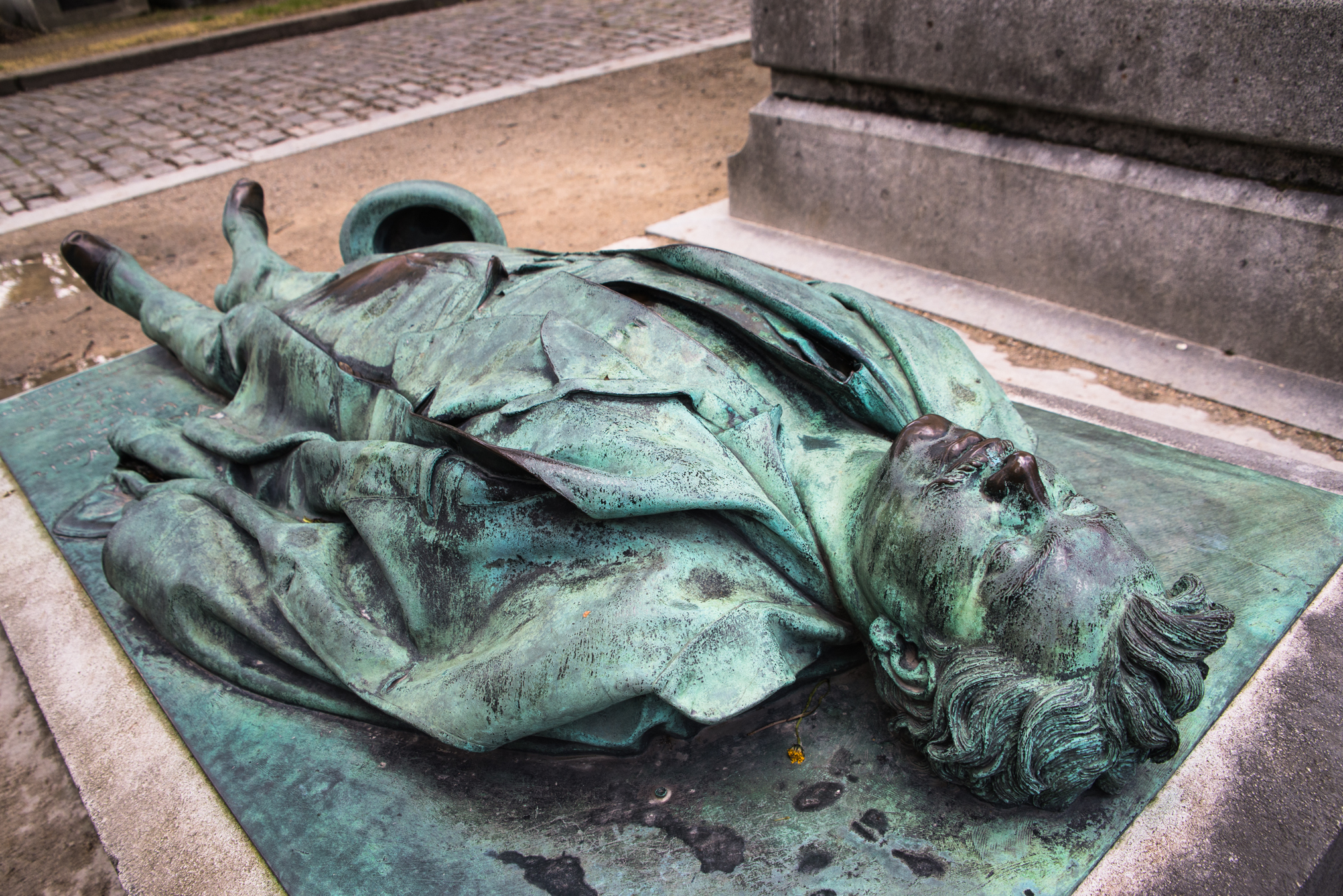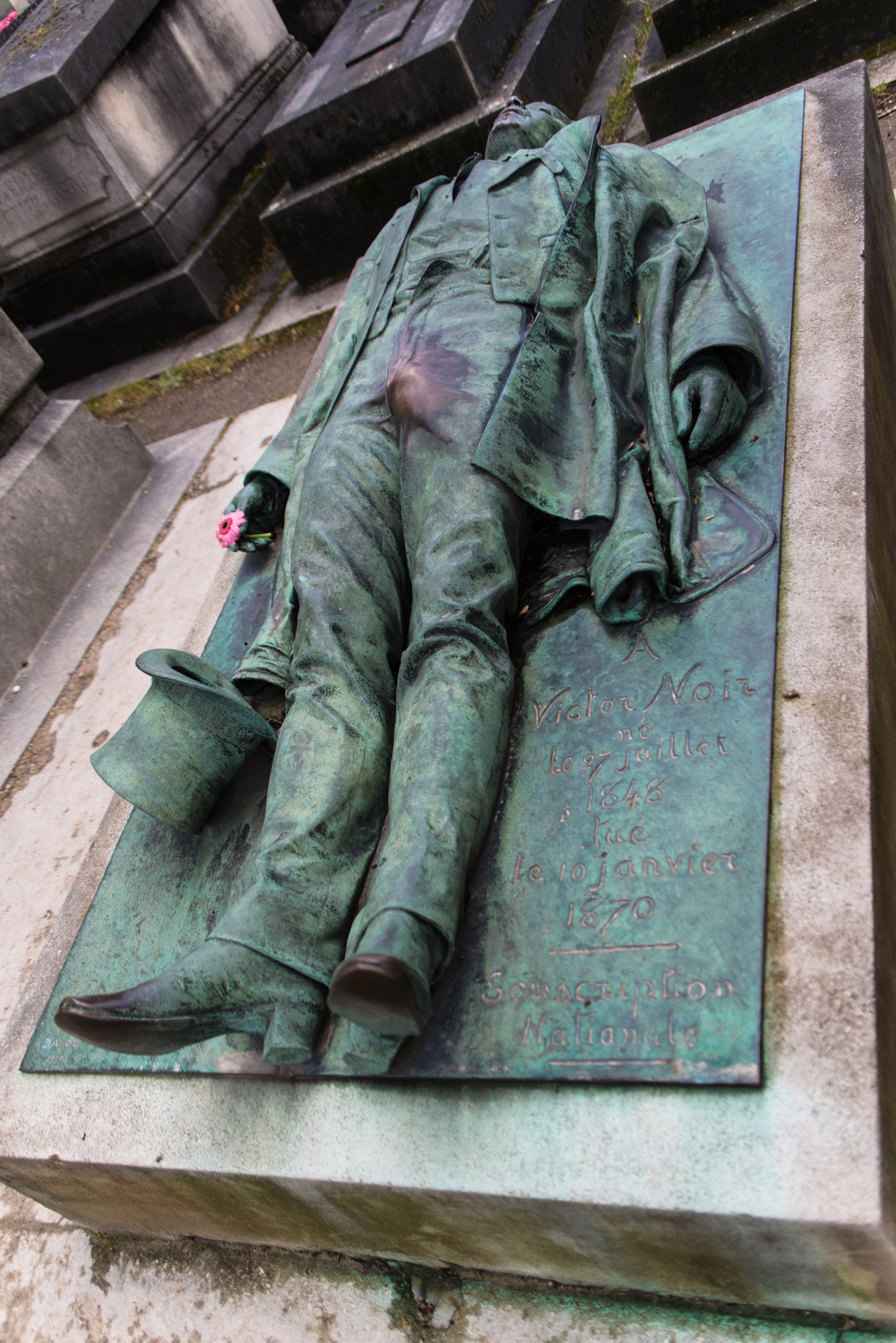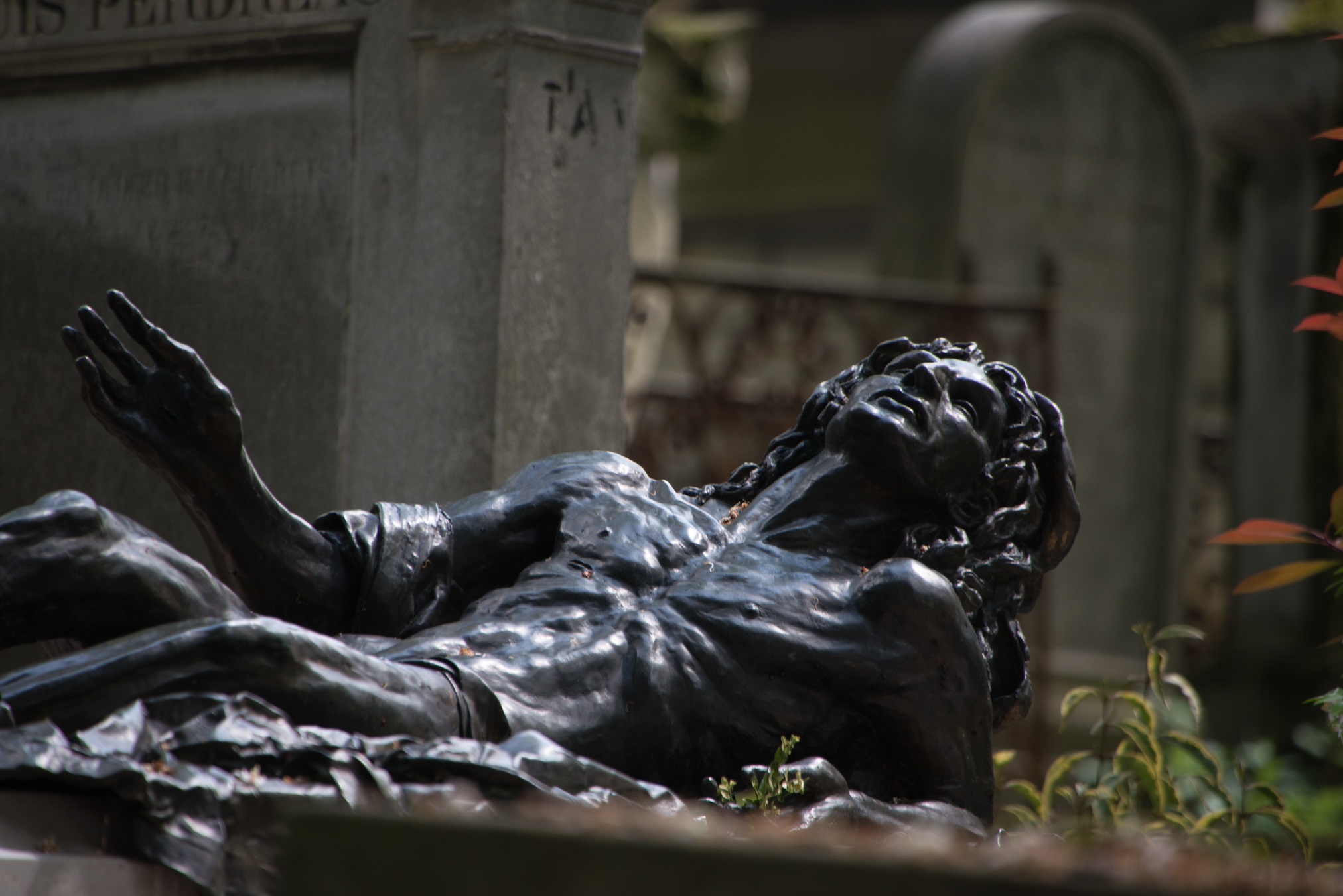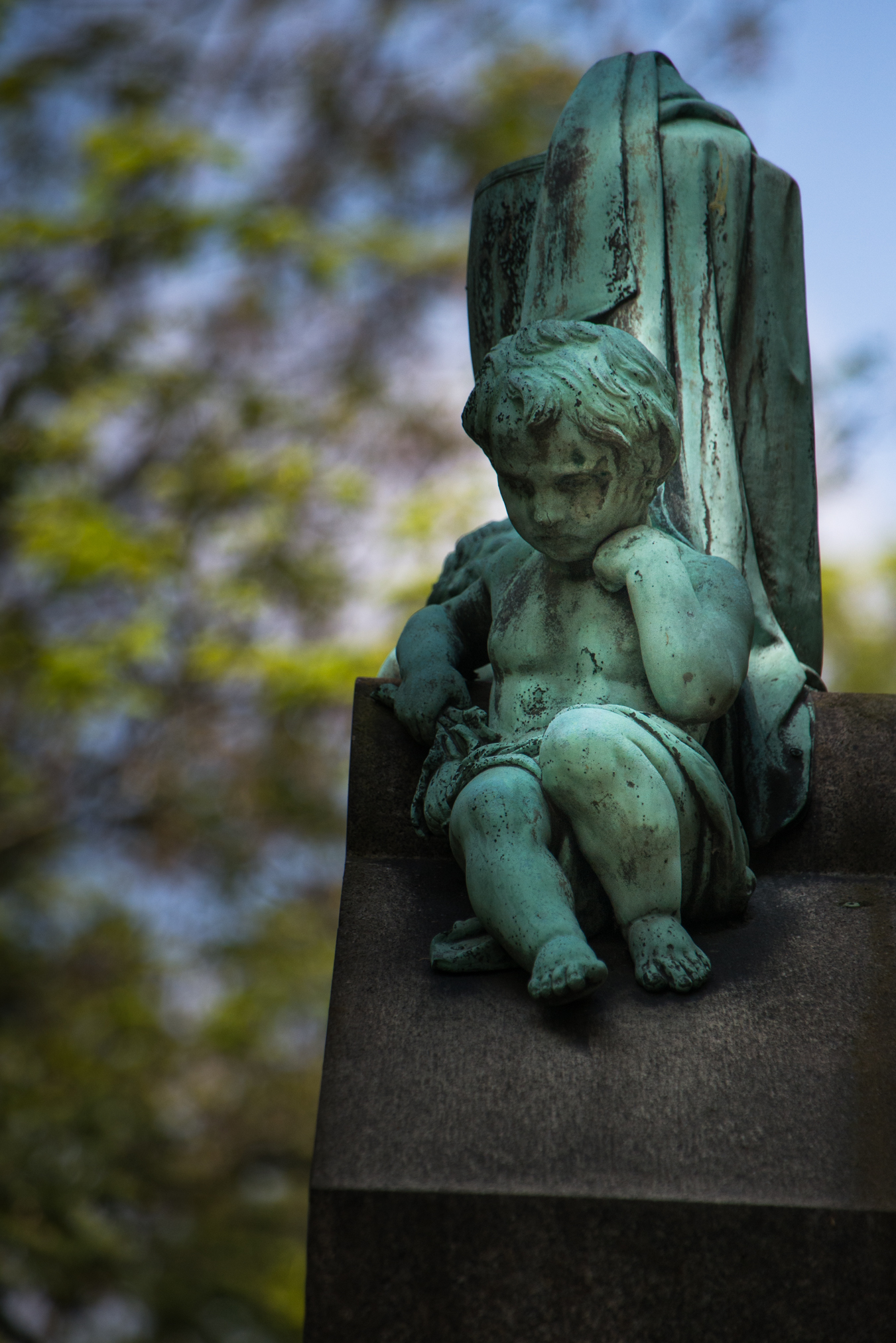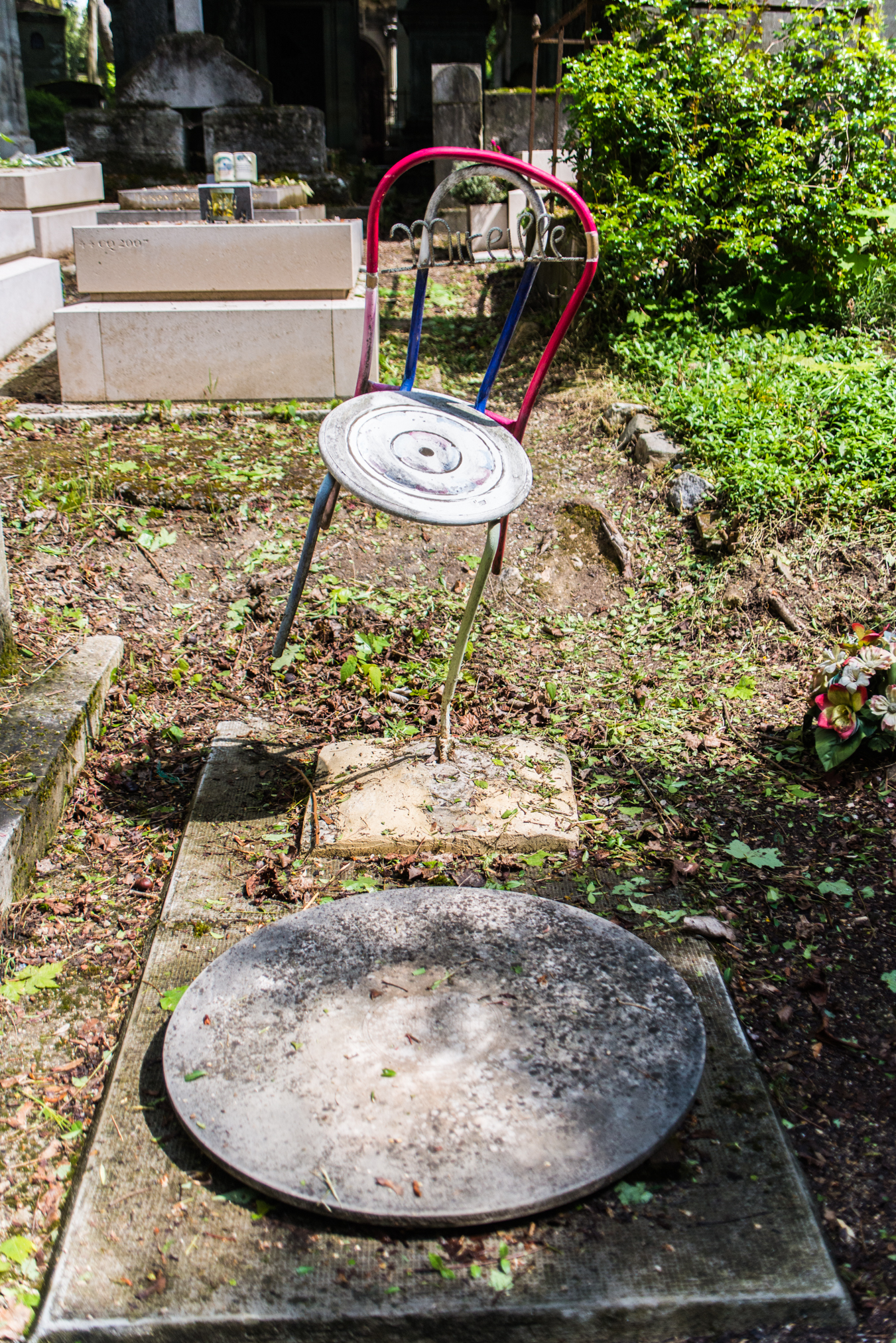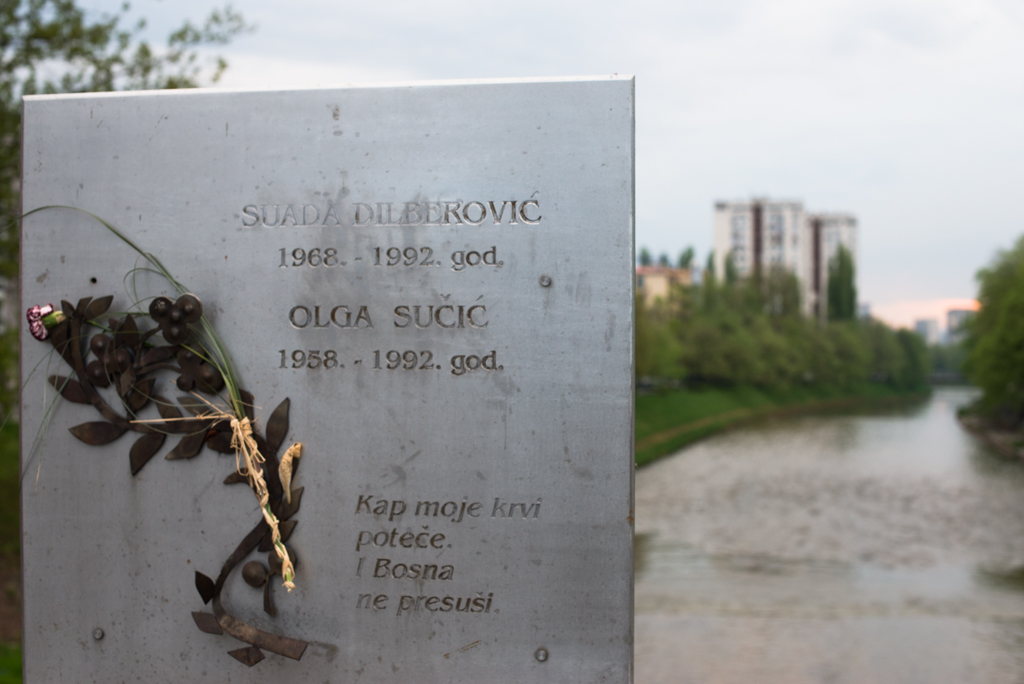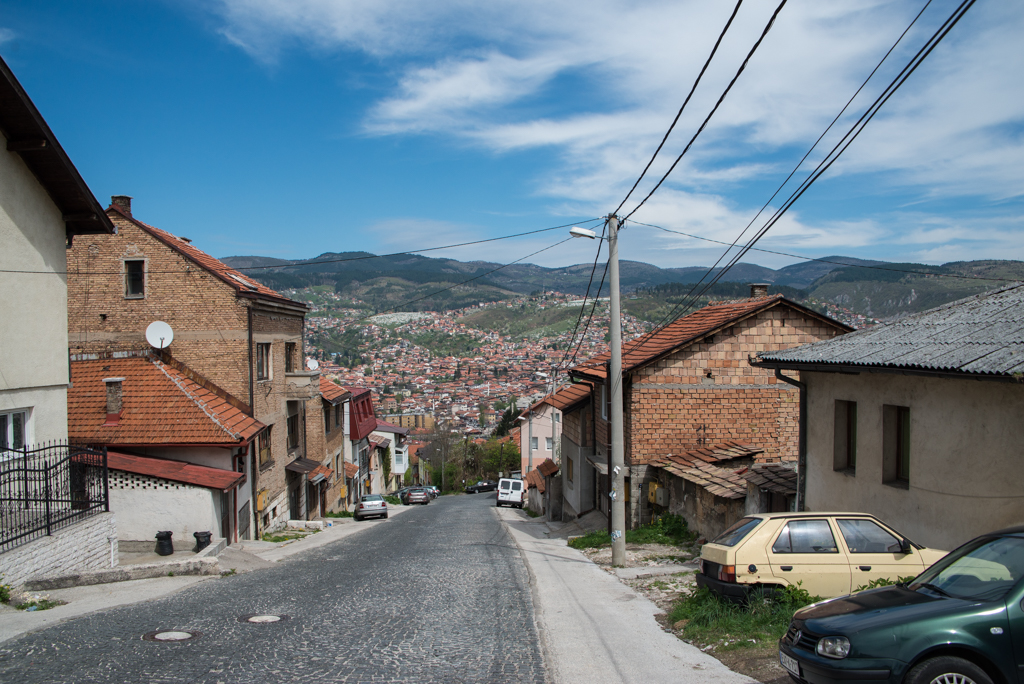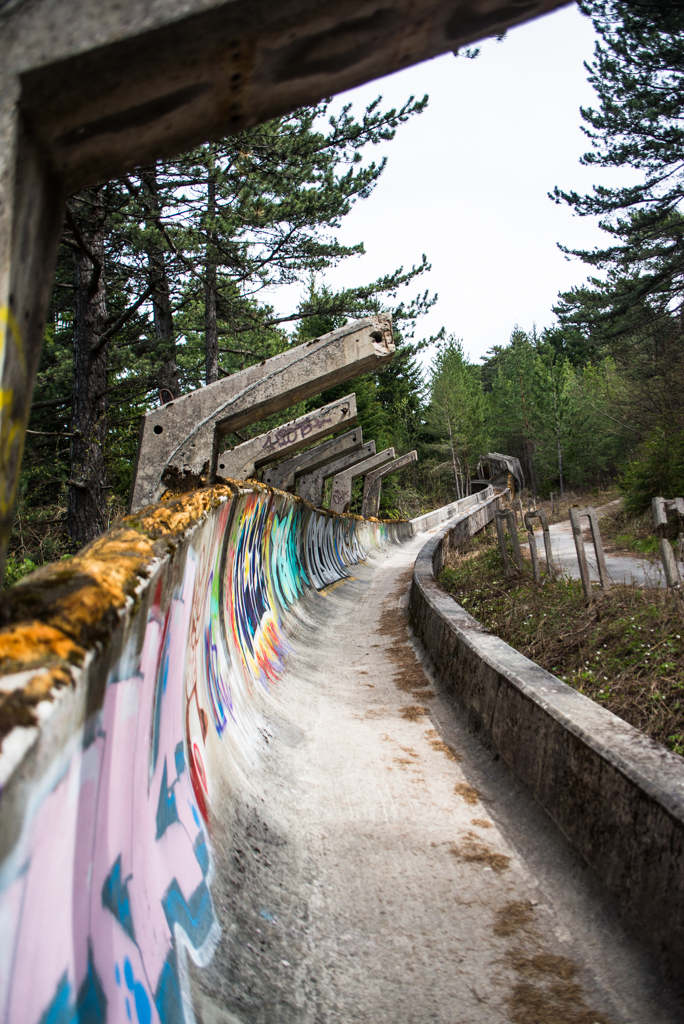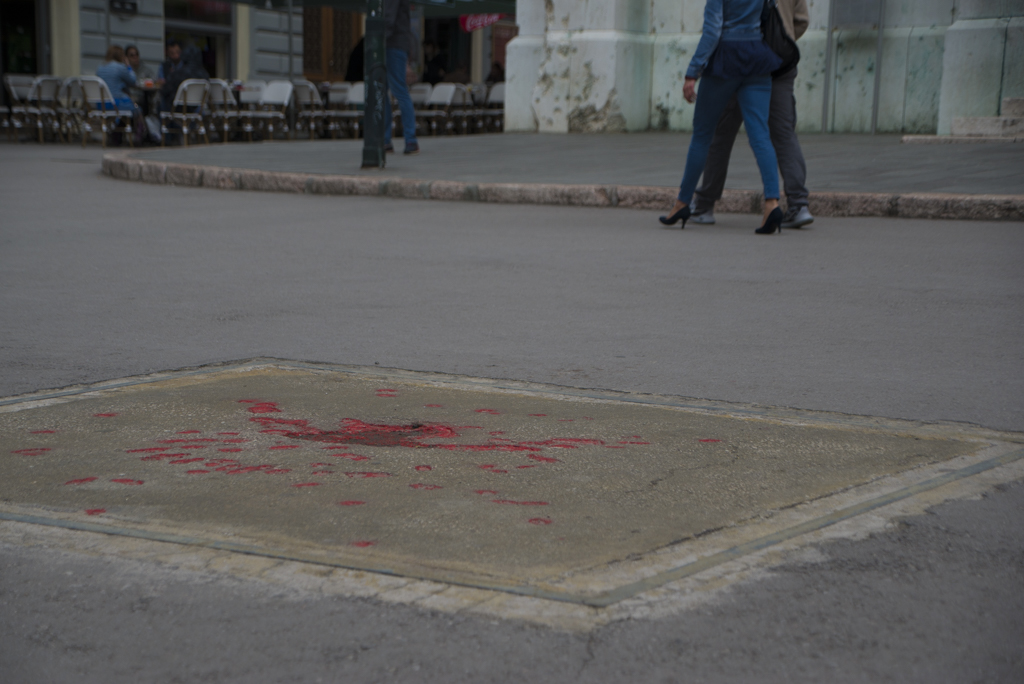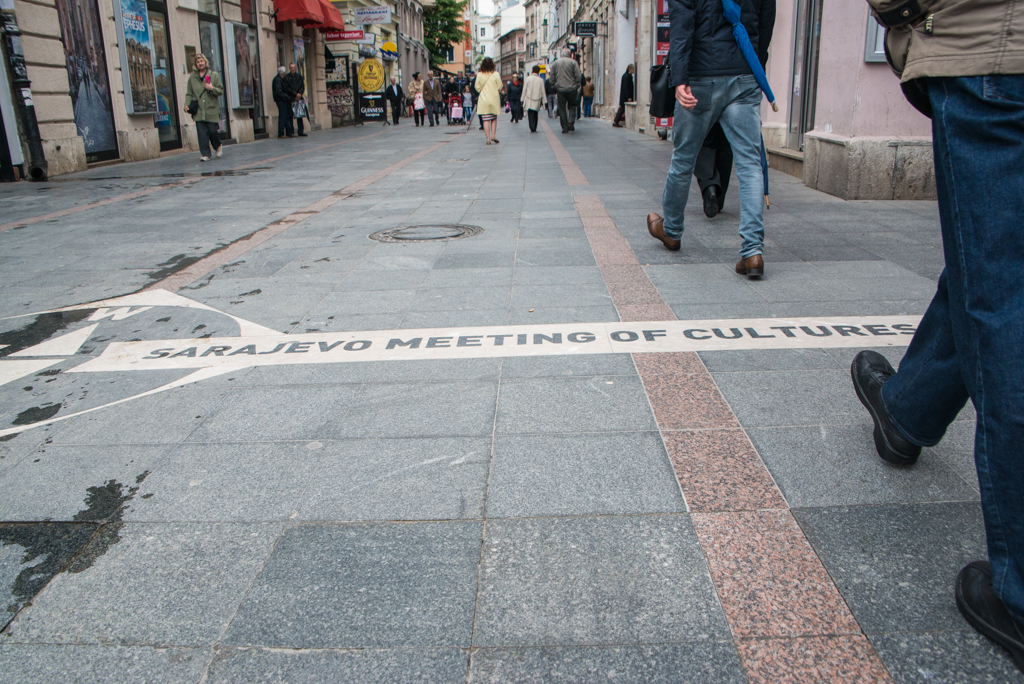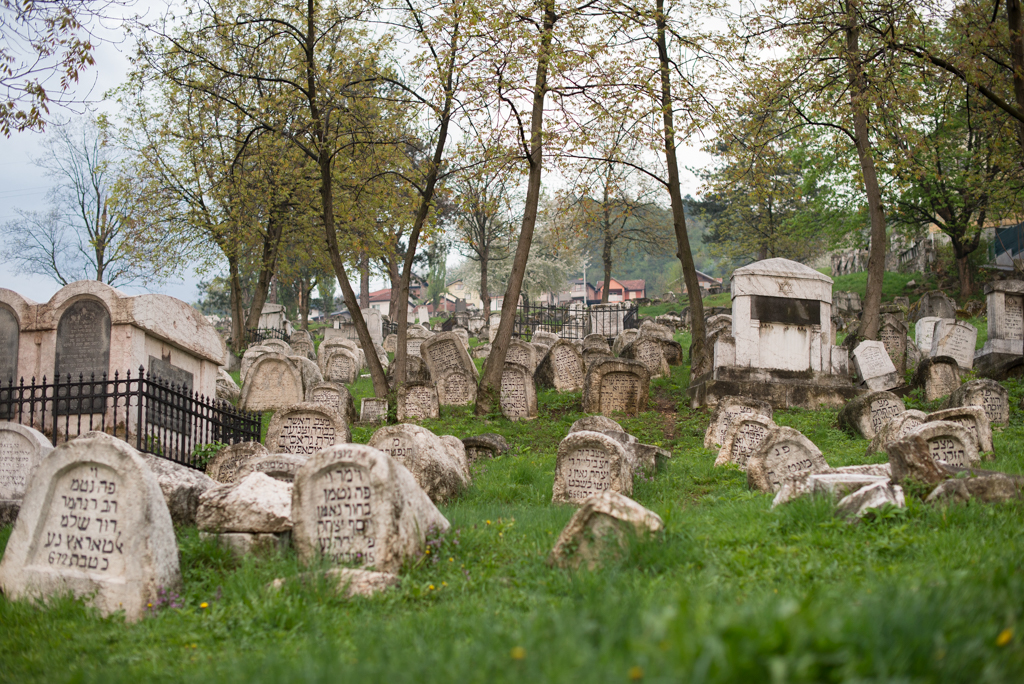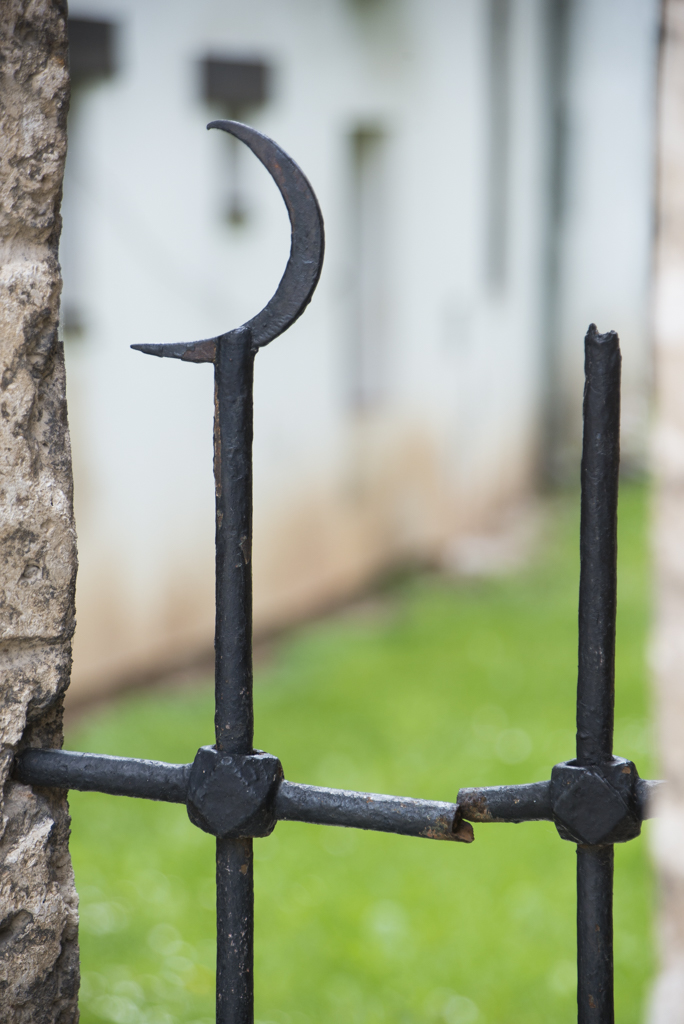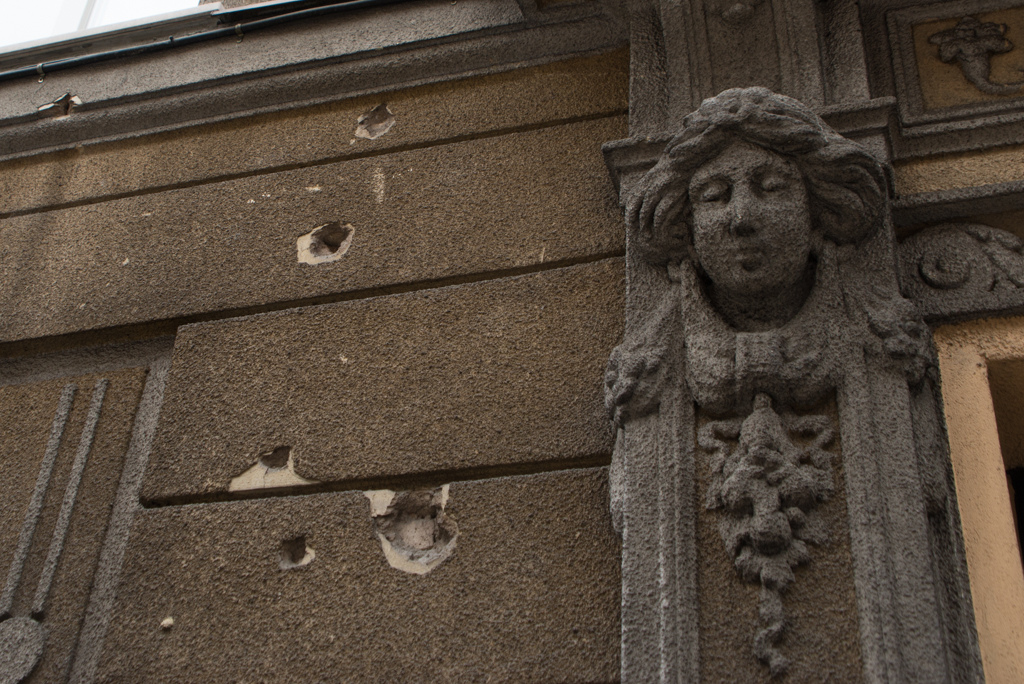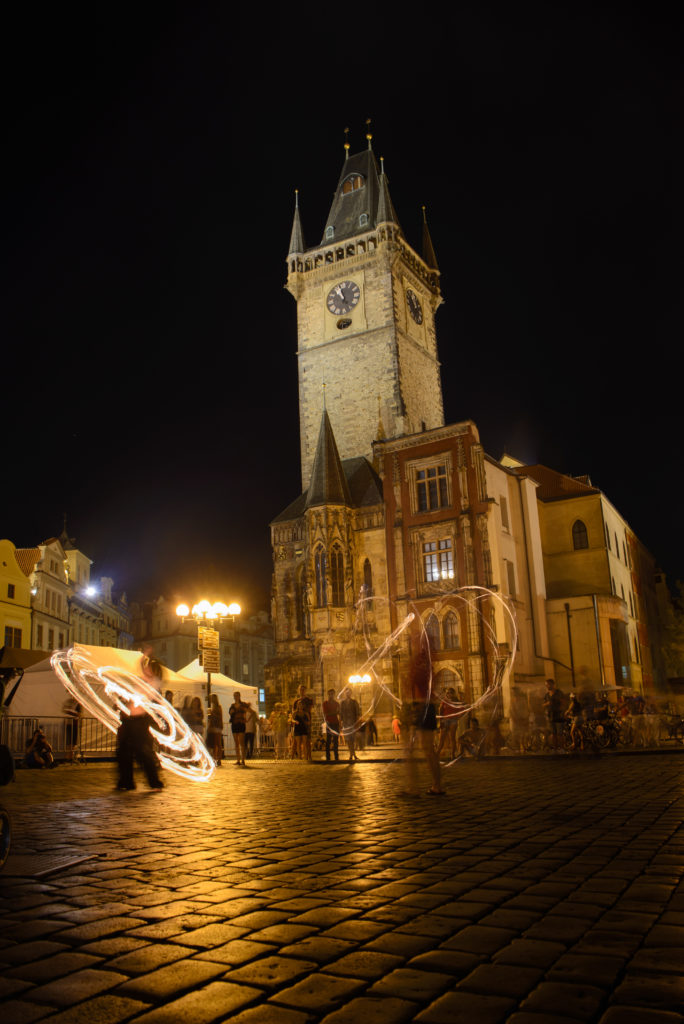
When the summer’s heat turns Prague into an oven and the hot air dancing in the streets blurs the city like a mirage, it is better to wait for the night to venture through the old cobble stoned streets of the city.
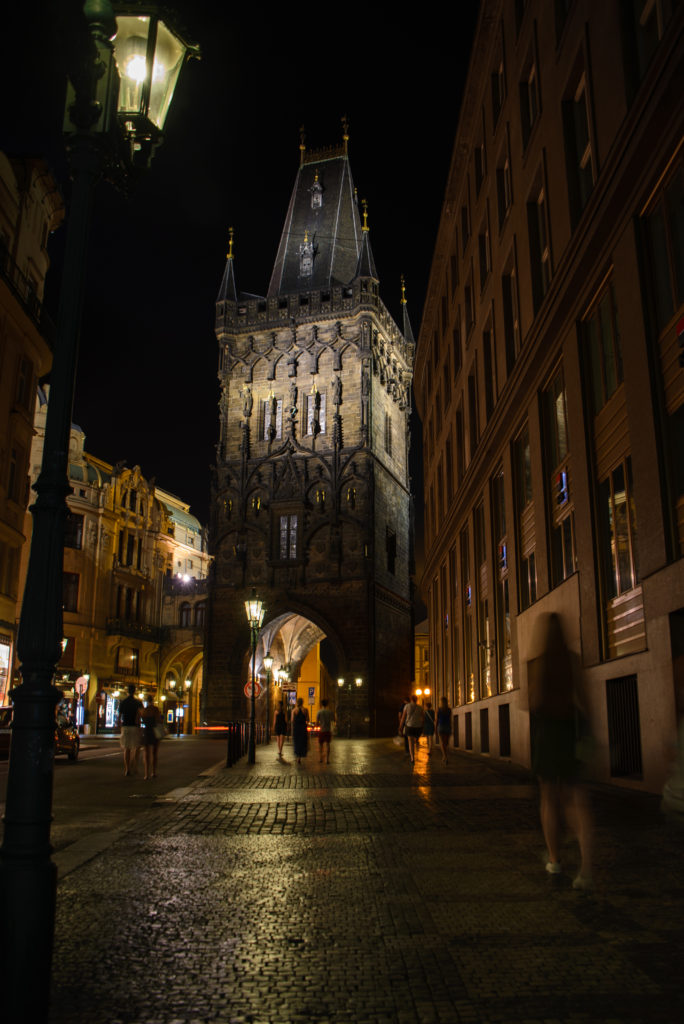
Prague is beautiful by day. By night it is mesmerizing, a labyrinth of lights and shadows: the illuminated buildings of a once great empire set against the dark backstreets, where laughter and music drift from the open doors of beer houses or from open second floor windows.
Franz Kafka, the writer who spent his short life entirely in his native Prague, also preferred the tenebrious night to the bright day. He was an insomniac.
“Perhaps,” he said. “I am afraid that the soul, which in sleep leaves me, will not be able to return.”
Franz Kafka did his writing in the middle of the night with delirious concentration. In the silence and darkness, he found privacy from the world.
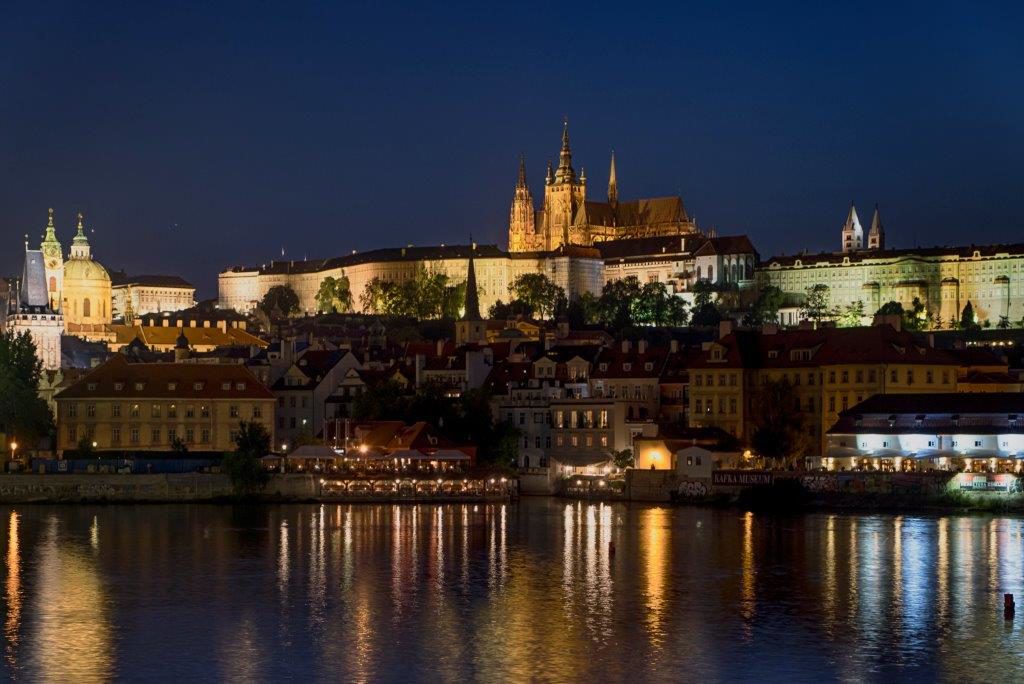
Deeply lost in the night.
Just as one sometimes lowers one’s head to reflect, thus to be utterly lost in the night.
All around people are asleep.
A little bit of playacting on their part. An innocent self-deception, that they sleep in houses, under a safe roof, stretched out or curled up on matrasses, in sheets, under blankets. In reality they have flocked together as they had once upon a time and again later in a deserted region, a camp in the open, a countless number of men, an army, a people, under a cold sky on cold earth, collapsed where once they had stood, forehead pressed on the arm, face to the ground, breathing quietly.
And you are watching, are one of the watchmen, you find the next one by brandishing a burning stick from the brushwood pile beside you.
Why are you watching?
Someone must watch, it is said.
Someone must be there.
(Night by Franz Kafka)

